This year’s spring I was working in Spain as a field technician catching lizards. During this time, I got to travel around the Iberian peninsula for four months from April through July which allowed me to see the majority of the herpetofauna, together with some great guys and gals that were not only good field companions but also became great friends. I must add that I never herped outside of the Netherlands in Europe, so nearly all the species seen were new. A remarkable experience.
Late March found me in Évora, Portugal for some preparatory paperwork. Portugal’s bureaucracy can be a pain in the ass, supposedly, though we experienced nothing of that which gave us some time to herp.
The first herps came in a city park.
Tarentola mauretanica (Moorish Wall Gecko), ubiquitous throughout southern Iberia
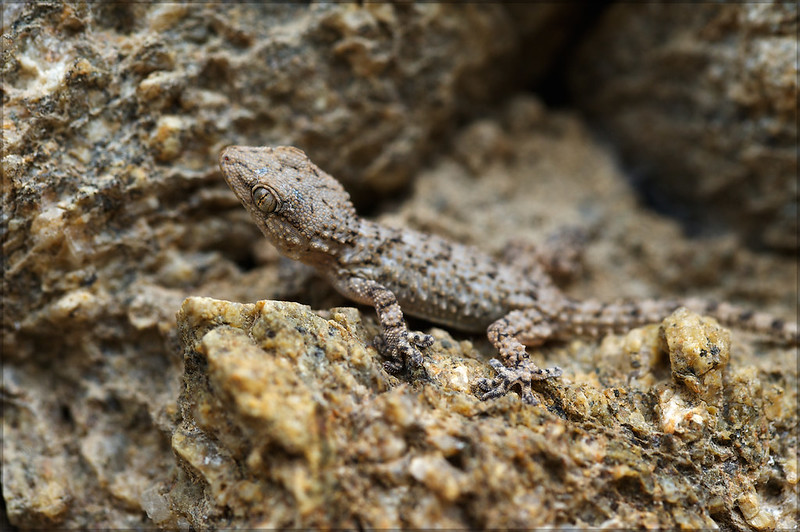
Blanus mariae (Iberian Worm Lizard), my first experience with amphisbaenids. Does anyone know if the ones around Évora are actually B. mariae, the newly described species, instead of B. cinereus?
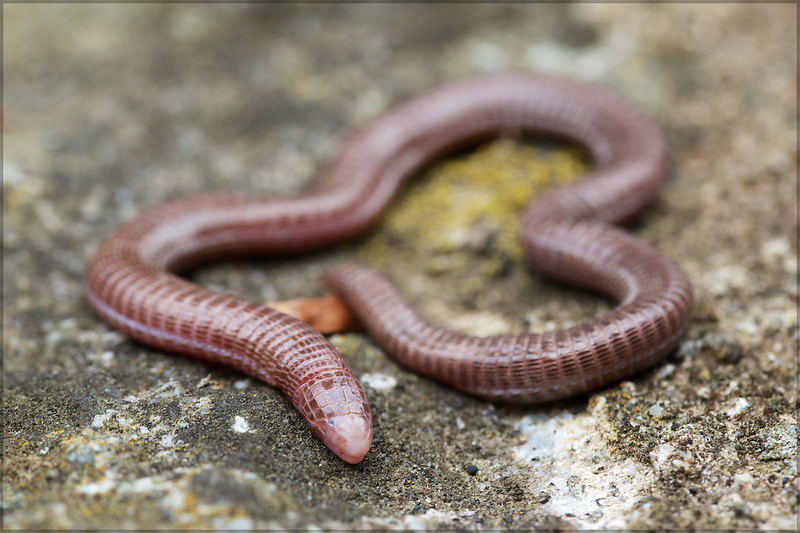
Adult male Podarcis virescens, recently split from the P. hispanica complex

The first full herping day was very fruitful. Under the first few rocks we found the first ladder snakes (Rhinechis scalaris), including the only juvenile I got to see in my time there. The ontogenetic change these snakes experience is remarkable, as you will see with adults in this post later.
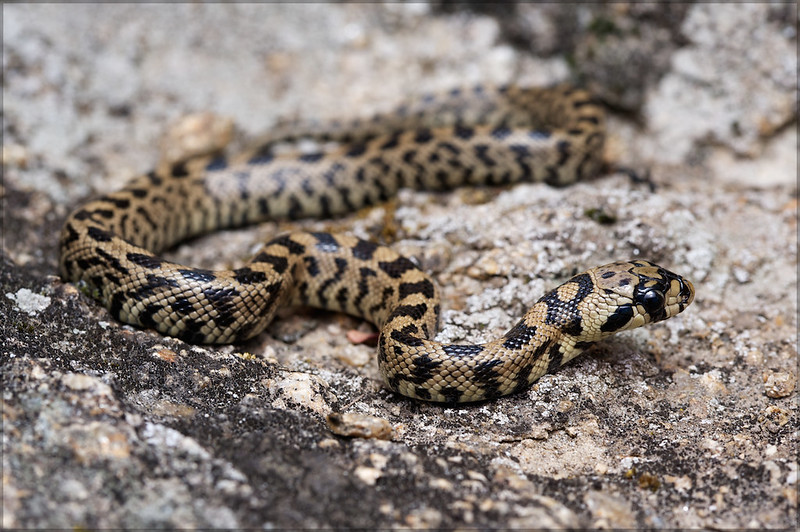
Natrix maura (Viperine Snake)
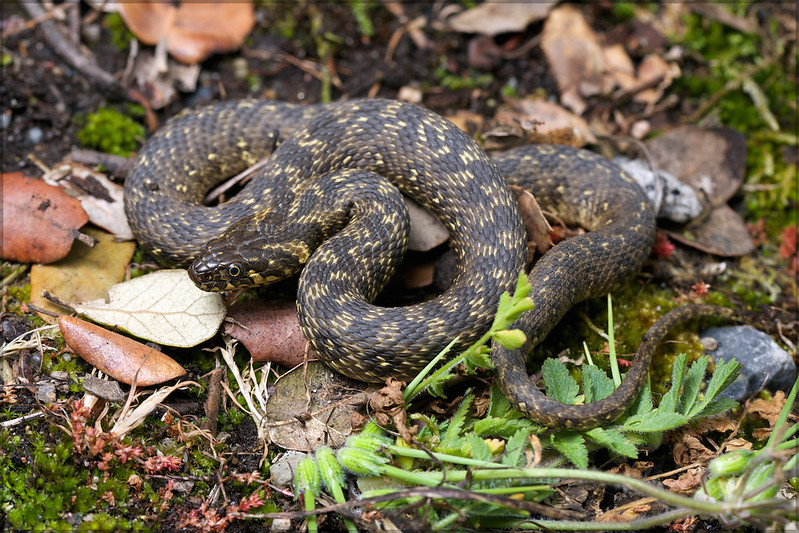
Only two Portuguese fire salamanders (Salamandra s. gallaica) were seen, including this monstrous female flipped under a board far away from any visible water. This subspecies is characterized by the horseshoe markings and, more obviously, the red patches that can be few or very numerous.
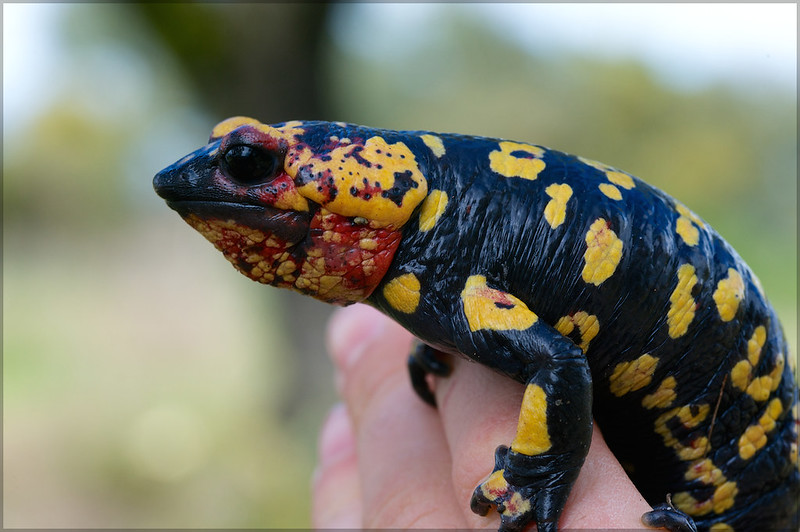
Riparian habitat in cork-oak dominated forests of Évora
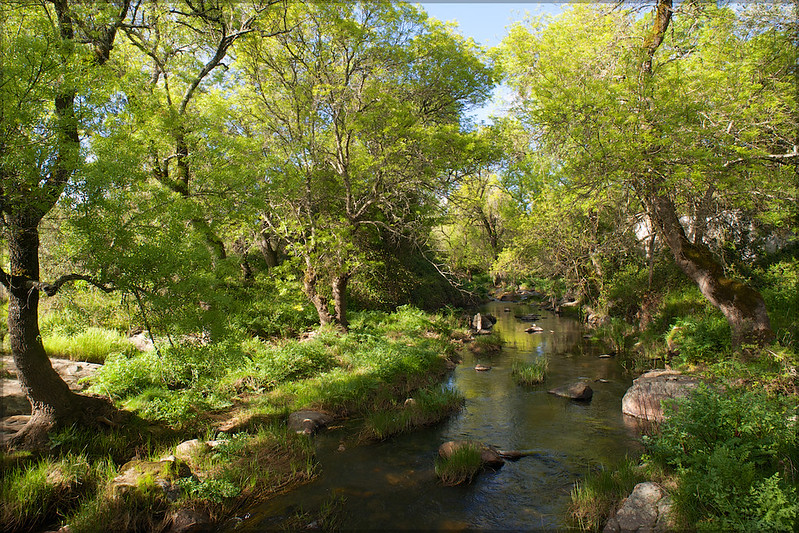
Two species were only observed once in the four months, namely the Iberian Midwife Toad (Alytes cisternasii) and False Smooth Snake (Macroprotodon cucullatus).
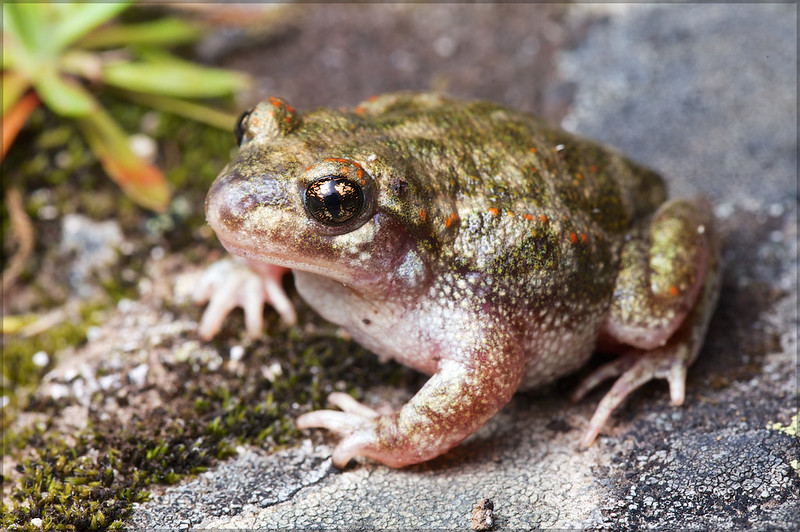
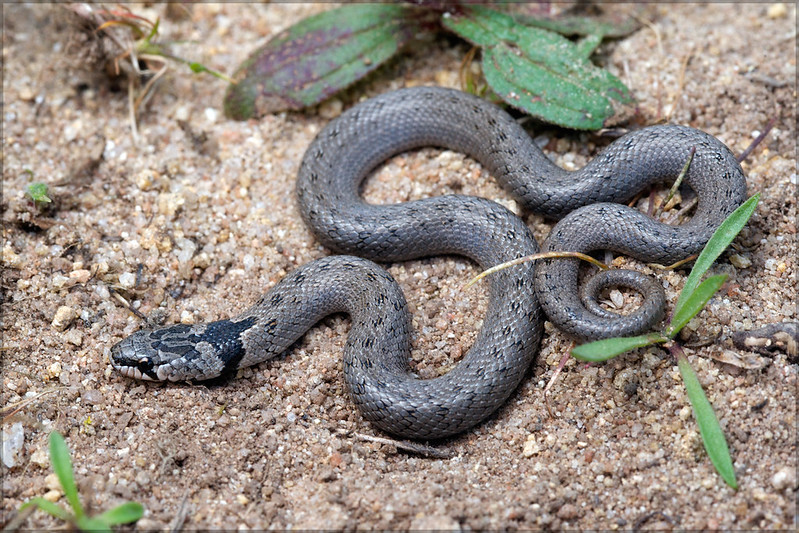
Bufo spinosus (Iberian Toad)
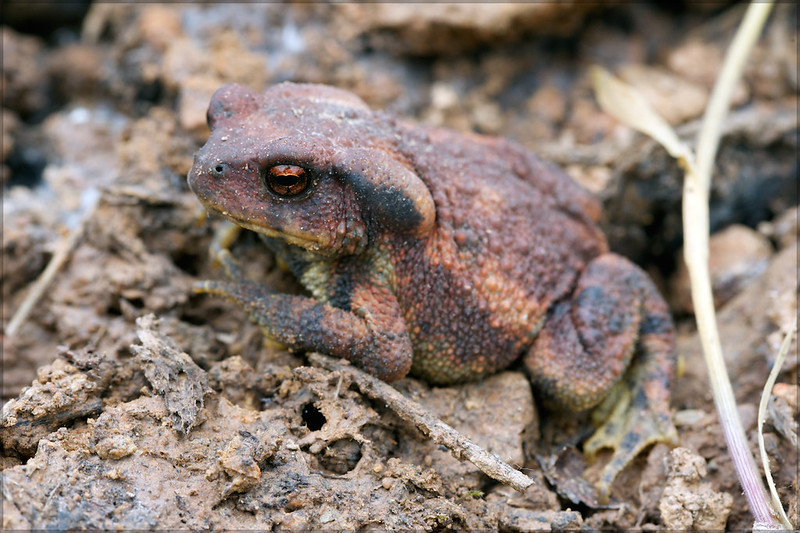
Hemorrhois hippocrepis (Horseshoe Whip Snake)
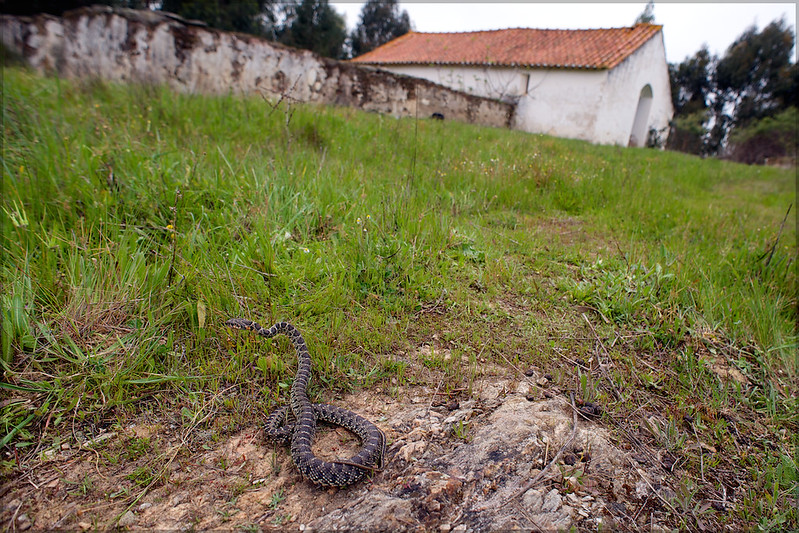
Off to our field station in the Sierra de Guadarrama, just north of Madrid.
Probably Spain’s most common lizard, already acquiring his breeding colors at the start of April.
Psammodromus algirus (Large Psammodromus)
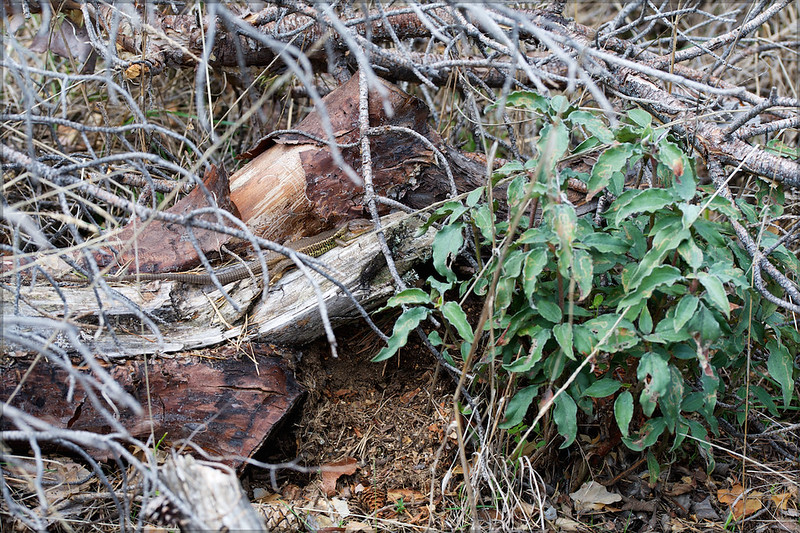
Adult male Malpolon monspessalanus (Montpellier Snakes)
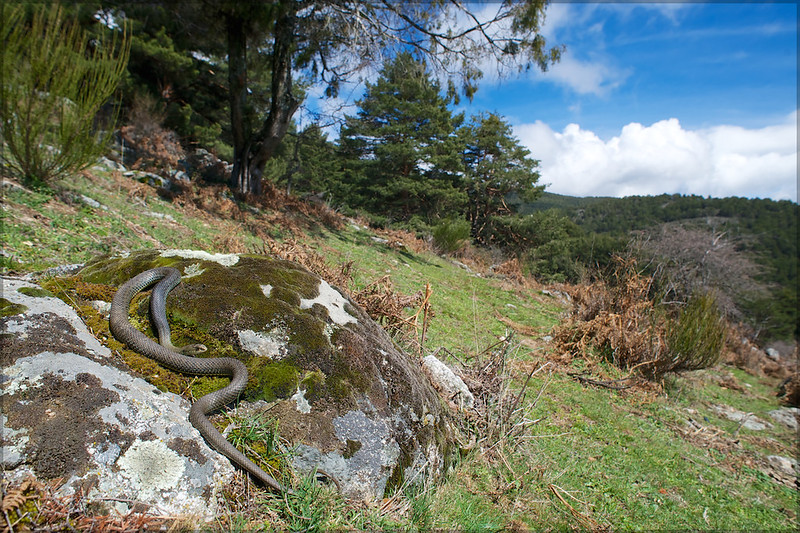

Our first trip took us to Doñana National Park.
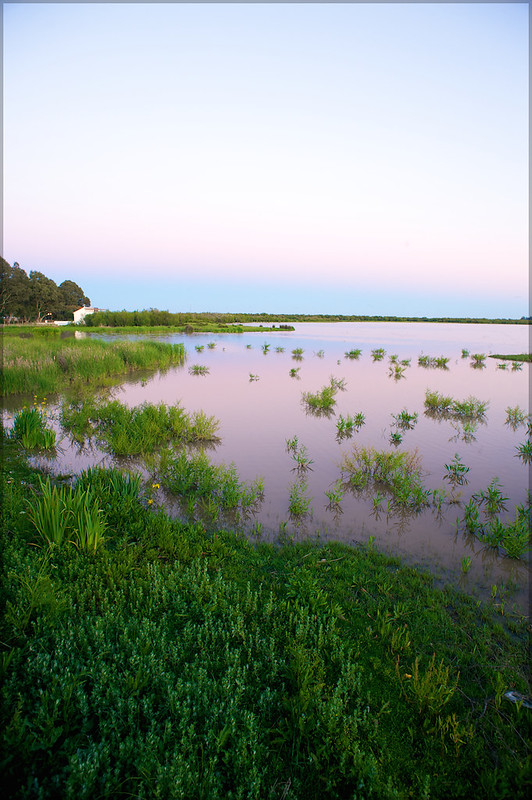
Pelobates cultipres (Iberian Spadefoot Toad)
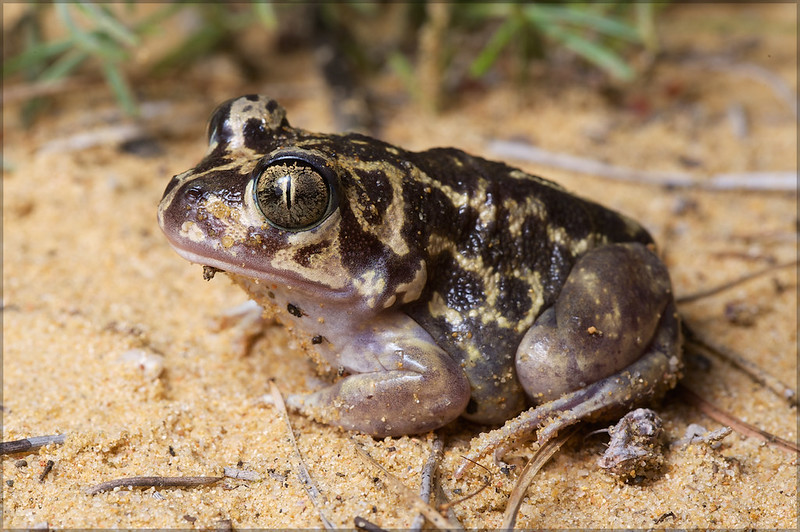
I like to think that this snake wasn’t there when I walked by the spot. Viper Man Tim Leerschool spotted this phenomenal animal, the infrequently observed Lataste’s viper (Vipera latastei gaditana) from the southern coast.
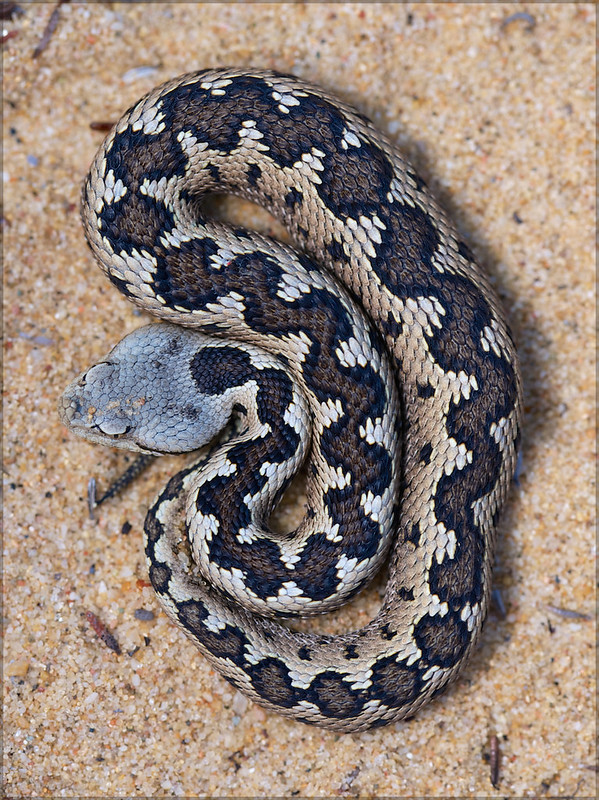

Sierra de Grazalema
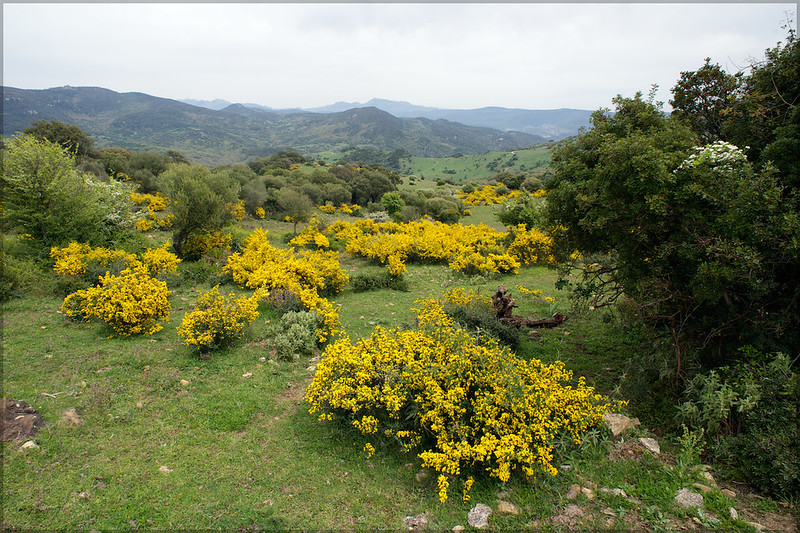
Probably Podarcis liolepis (Catalonian Wall Lizard) from the edge of their range
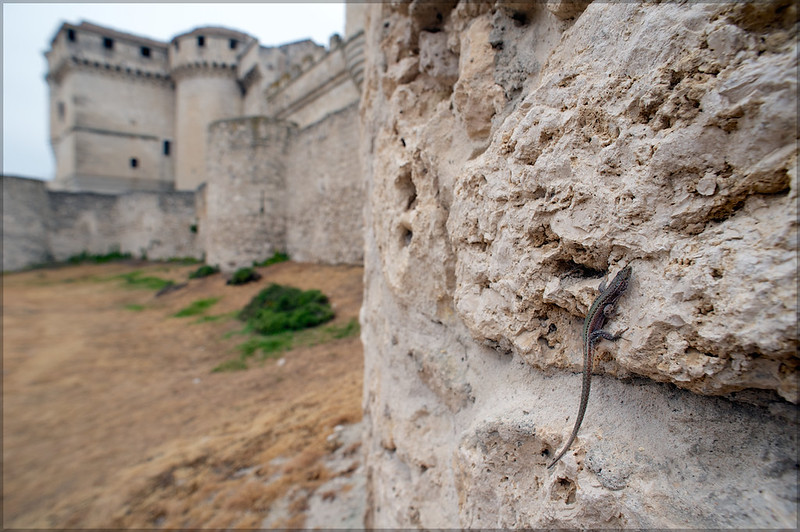
Coronella austriaca (Smooth Snake)
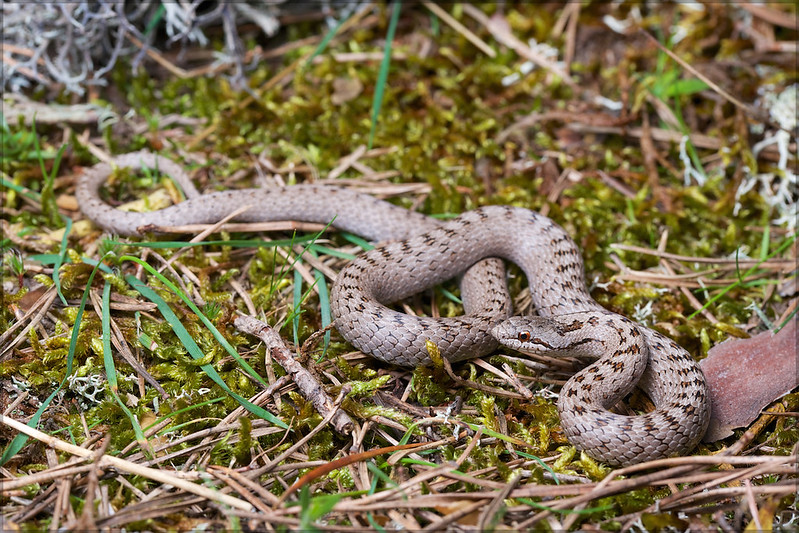
Coronella girondica (Southern Smooth Snake)
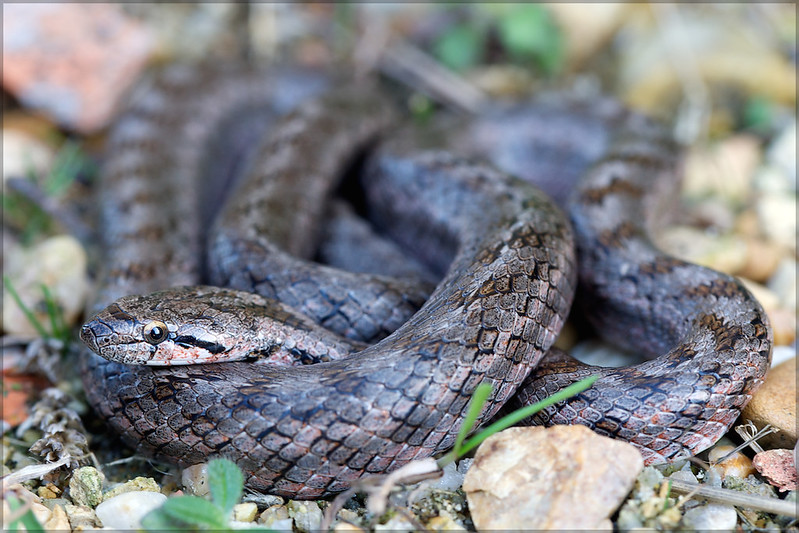
We struck gold one afternoon while looking for lizards around a castle. Five Lataste’s viper (Vipera l. latastei) were found, some clearly just out of hibernation.
One emerging, with another one not seen in the photograph right next to it basking with a single coil in the grass.

Still dirty from the cemetery walls
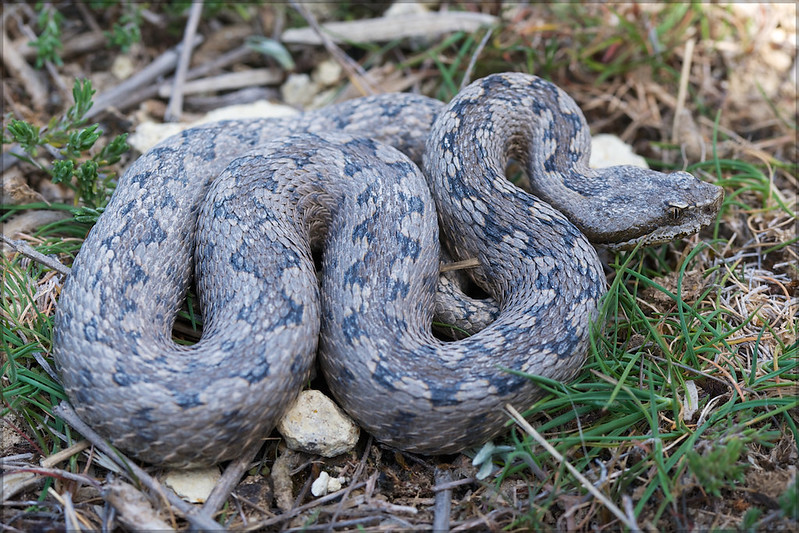
Adult male
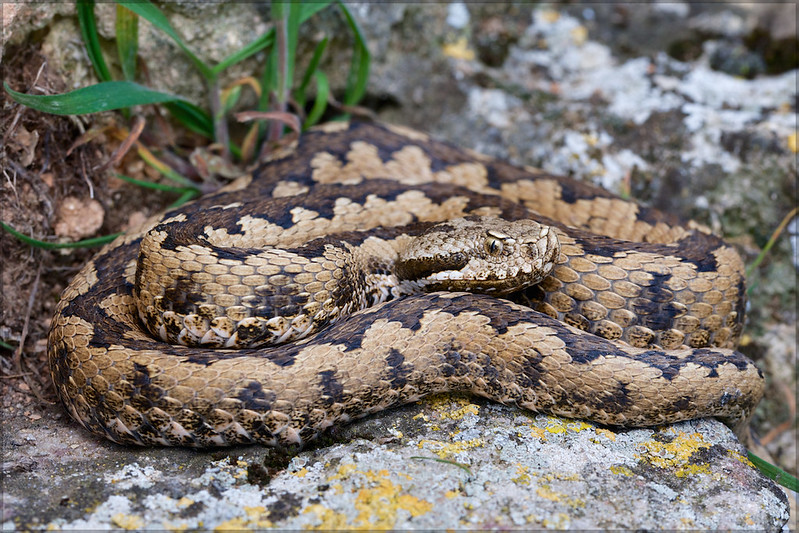
Adult female
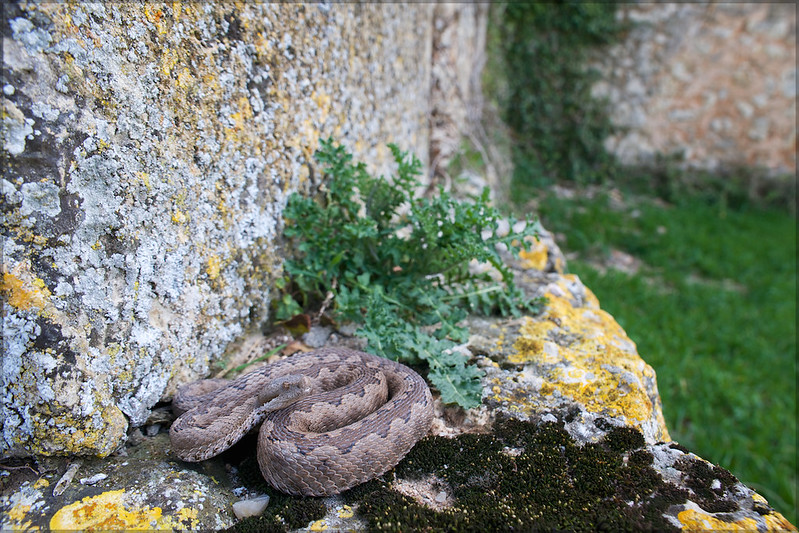
Timon lepidus (Ocellated Lizard), the largest lizard in Iberia
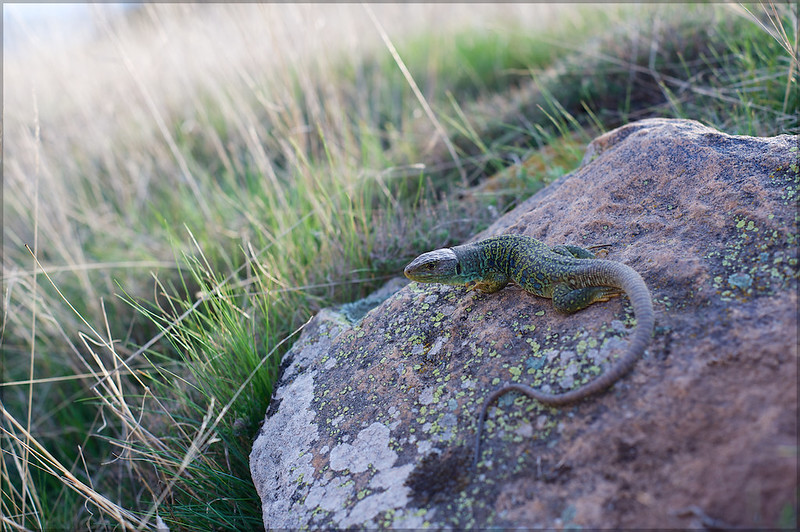
The southern slopes of Moncayo

Alytes obstetricans pertinax (Midwife Toad)

Anguis fragilis (Slow Worm) probably reaches a distribution limit in the riparian valleys of these slopes.

Adult ladder snake from near the field station

Fat female Lataste’s viper
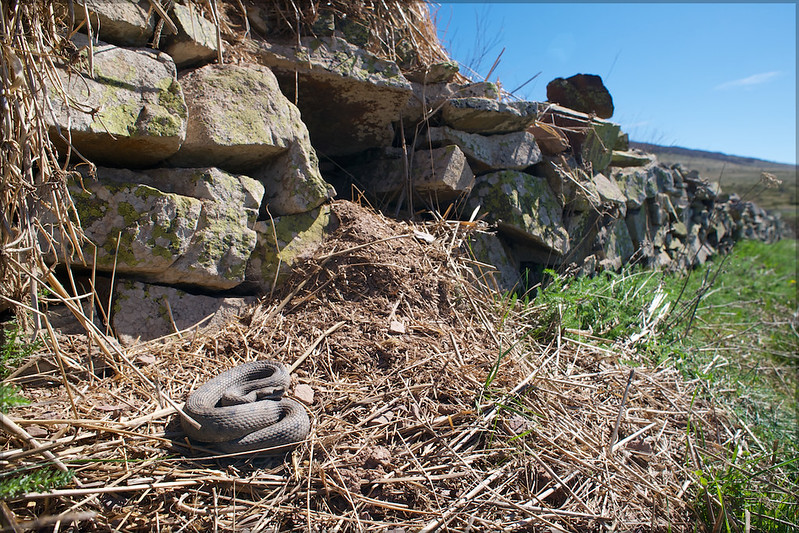
Smooth snakes (adult female pictured) occur in isolated mountain populations in central Spain. They’re common in the Sierra de Gaudarrama.

Salamandra salamandra “almanzoris” (Fire Salamander), probably not a valid subspecies.

Bufo calamita (Natterjack)

Salamandra salamandra, more than ready to leave the water but still with external gills
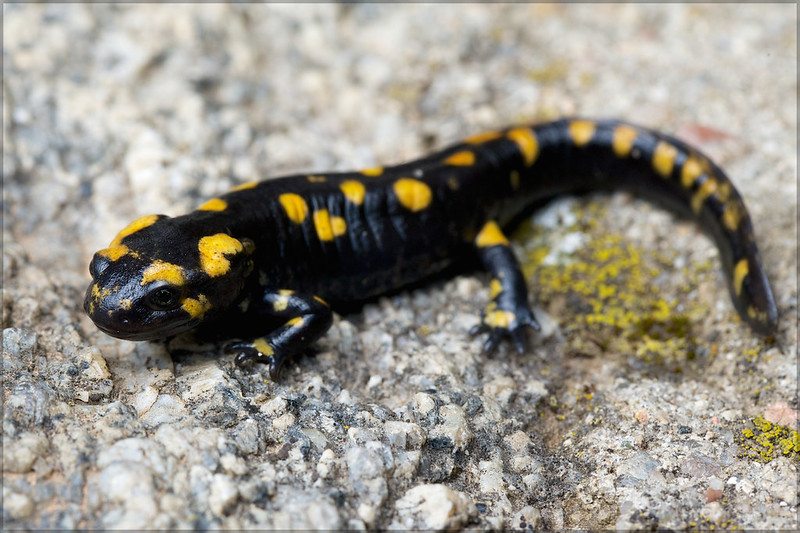
Humid northern slope of the Sierra de Guadarrama
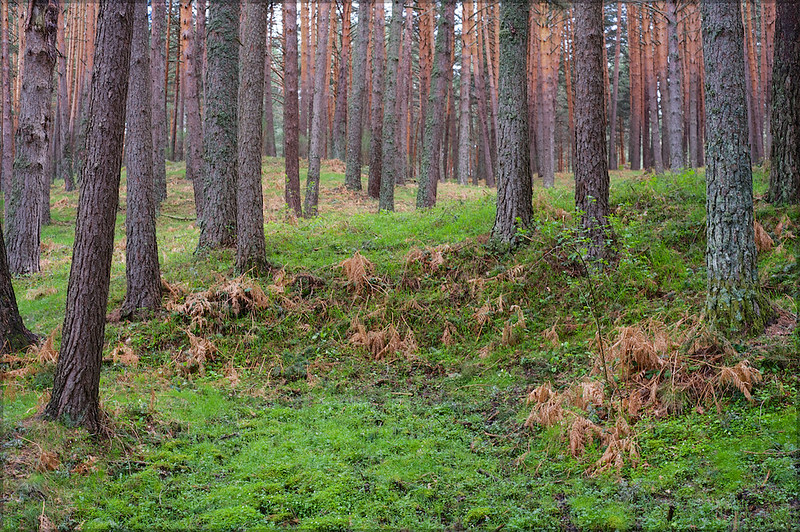
Cuenca wine country
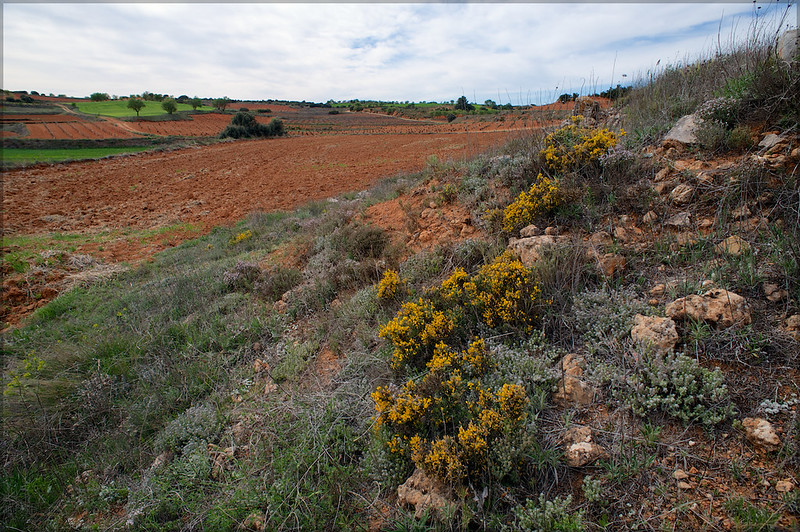
Adult Chalcides striatus (Western Three-toed Skink), note the vestigial limbs
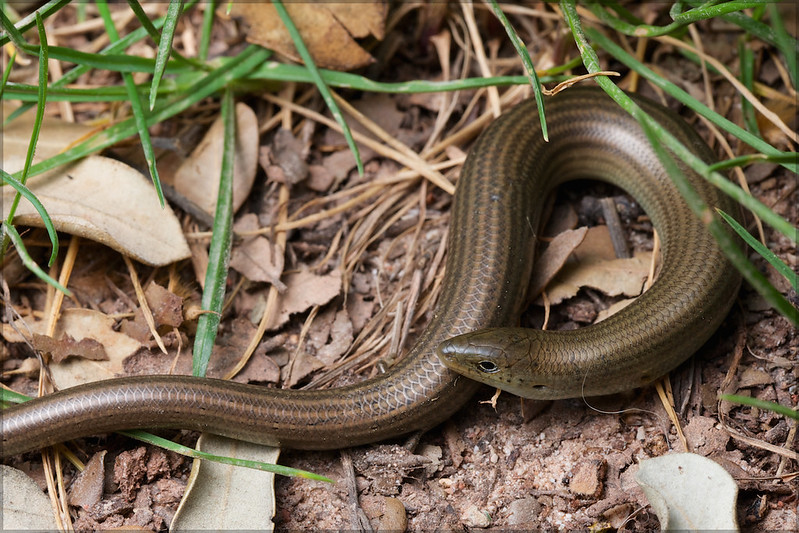
Sierra de Cazorla
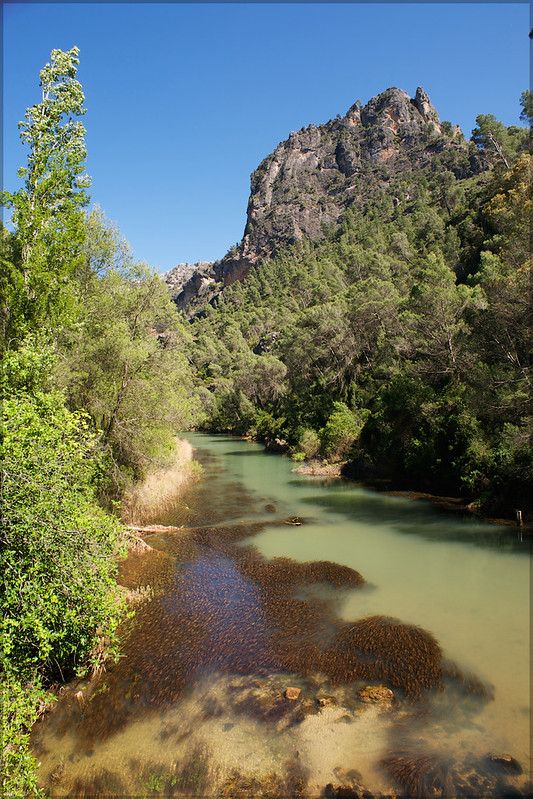
These mountains are home to the endemic Algyroides marchi (Spanish Alygroides); pictured below is a two-tailed female.

Exceptional European Coachwhip (Malpolon monspessalanus) found in the process of shedding
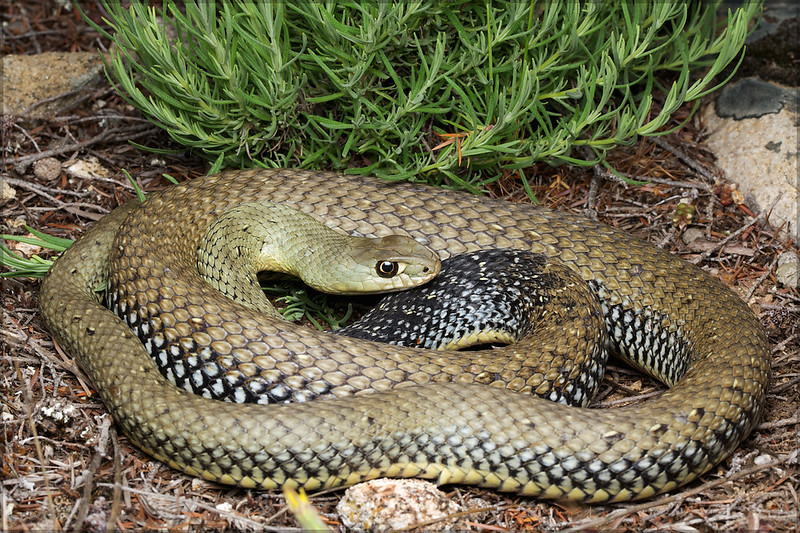
Capra pyrenaica victoriae (Western Spanish Ibex) from the slopes of La Peña de Francia

Chamaeleo chamaeleon (Mediterranean Chameleons) from the southern coast. These chameleons are examples of historical introductions (several thousands of years ago).
Sleeping adult male
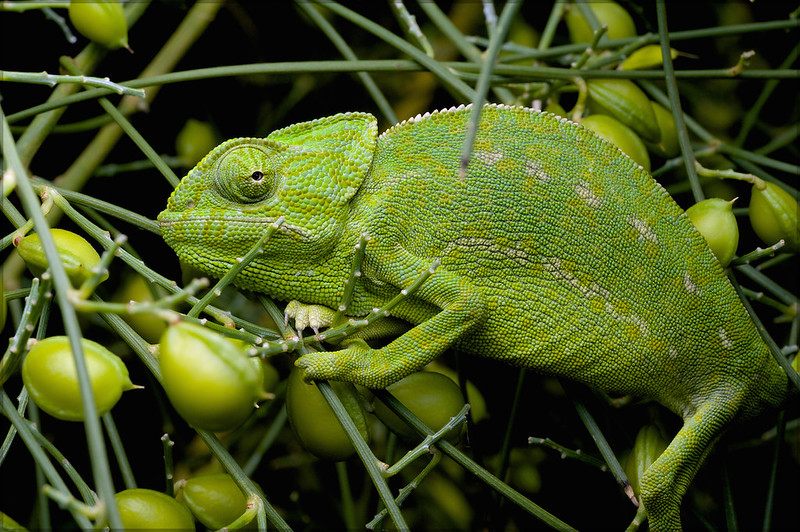
Agitated same adult male

The Podarcis vaucheri (Andalusian Wall Lizards) from Sierra de Grazalema are much smaller and more vibrantly colored than their coastal conspecifics.
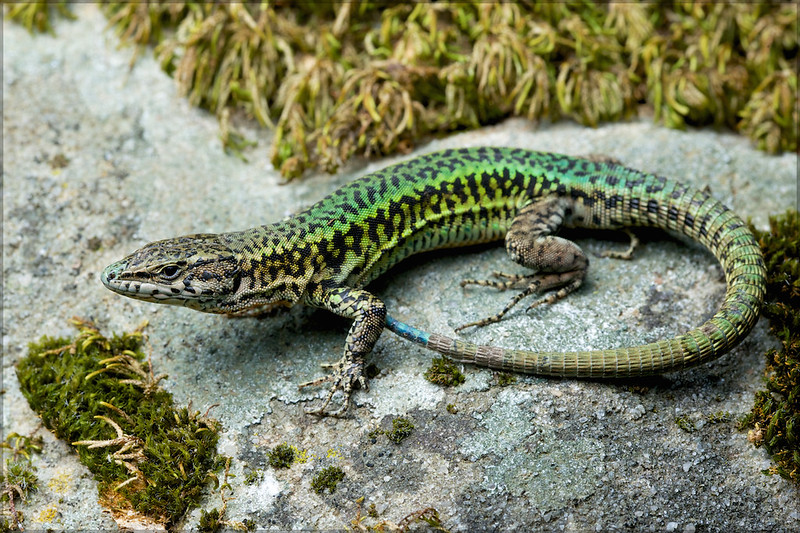

Highly desired subspecies of the fire salamander (Salamandra s. longirostris); we were happy with a juvenile.
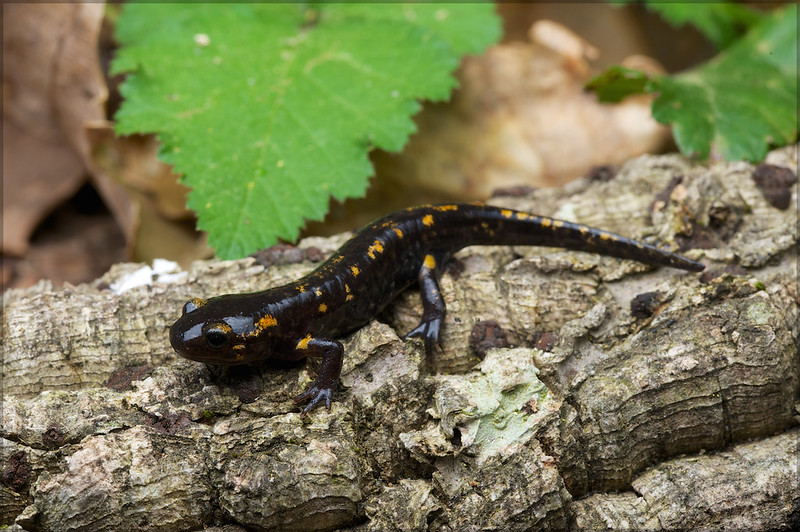
Exact same story with Pelodytes ibericus (Iberian Parsley Frog). Spain experienced a very dry year, explaining the lacking amphibian diversity in this post.

Juvenile Horseshoe Whip Snake found in a completely paved city, away from any vegetation or natural habitat. When I saw it on the pavement it tried to escape back into its crack under a door. We saw this species on one or two more occasions within city walls.
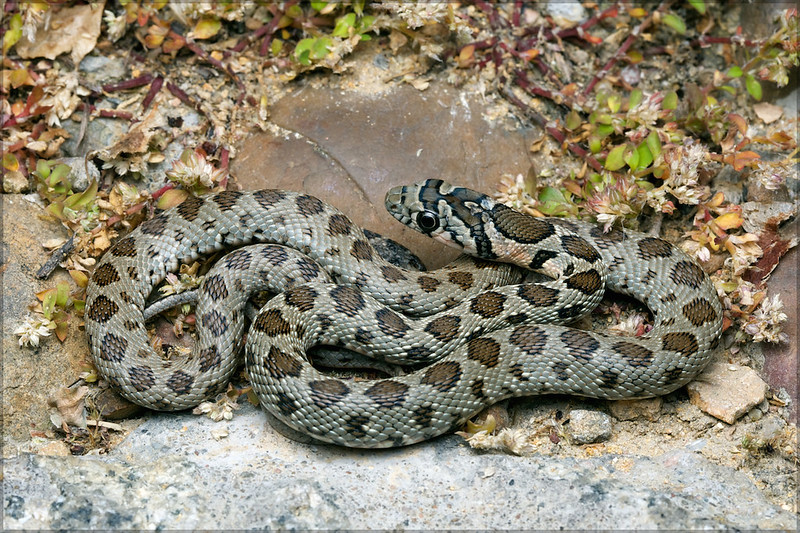
Carmona

Mauremys leprosa (Spanish Terrapin)

Podarcis guadarramae guadarramae (Guadarrama Wall Lizards), adult male and female
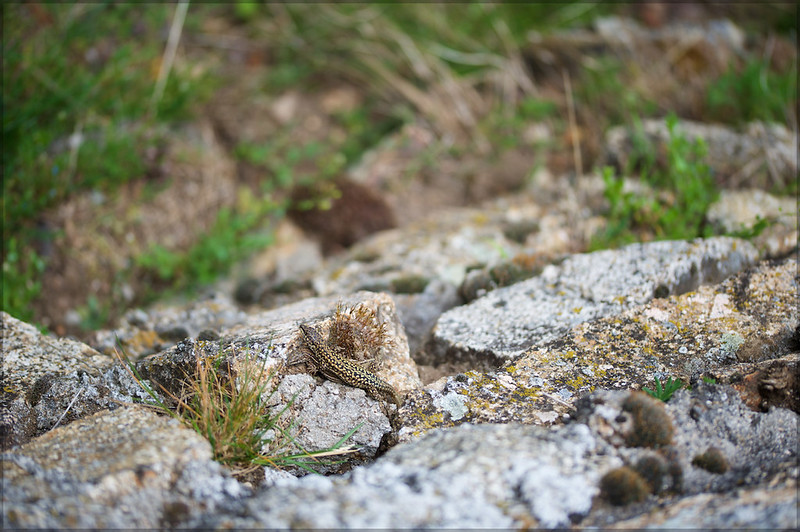
We found some gravid fire salamanders around a high elevation Guadarrama stream on a warm, humid night. A few nights later the stream was filled with larvae, although unfortunately we didn’t see any larval deposition.
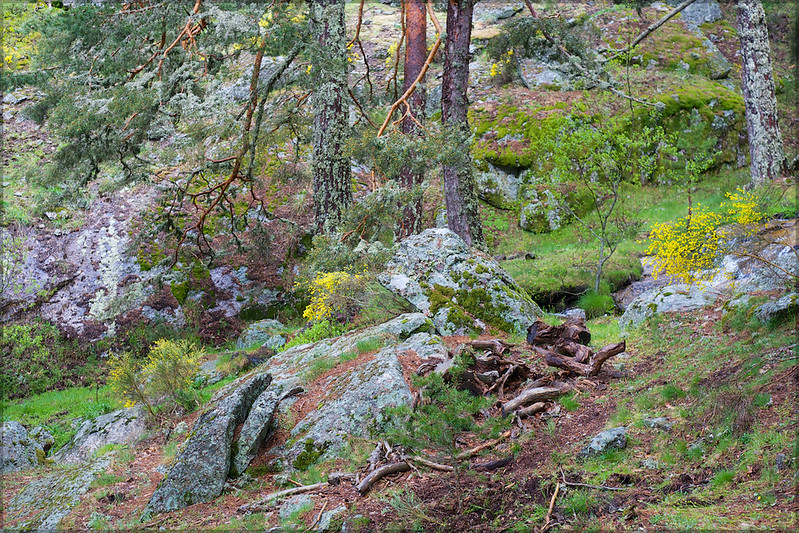
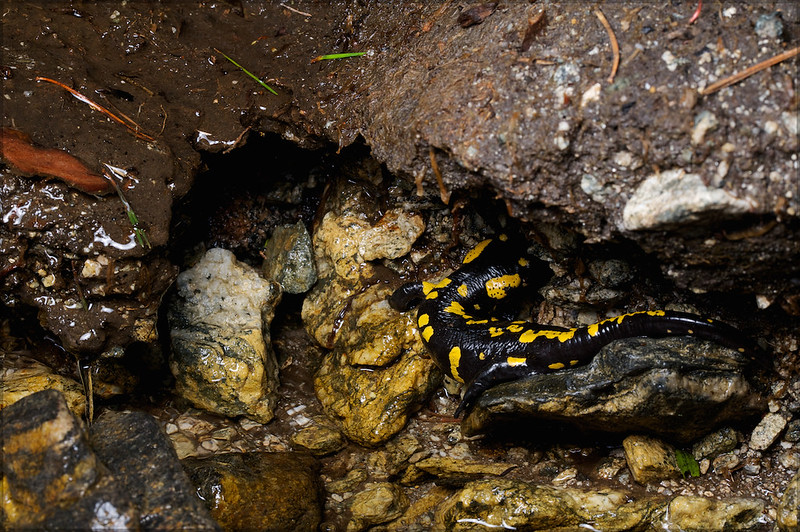
I thought this individual was very interesting, with the brown patches near the head and slight horseshoe shape markings; perhaps influence of ”gallaica.

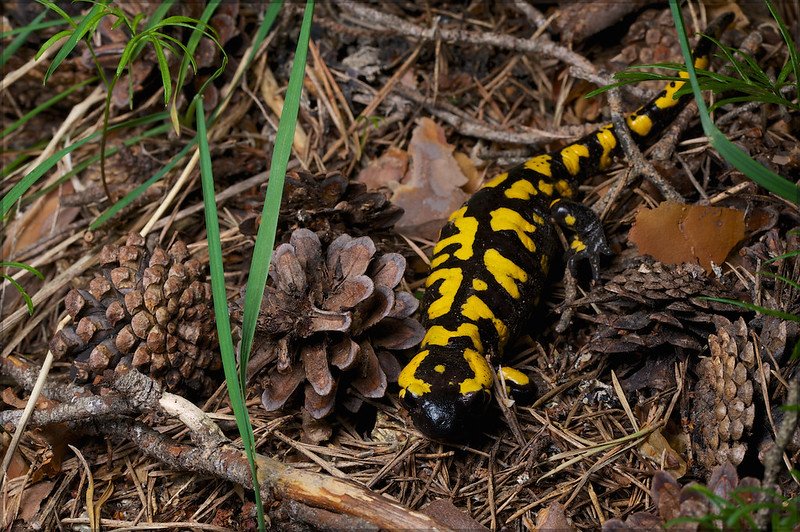
Chalcides bedriagai (Bedriaga’s Skink)
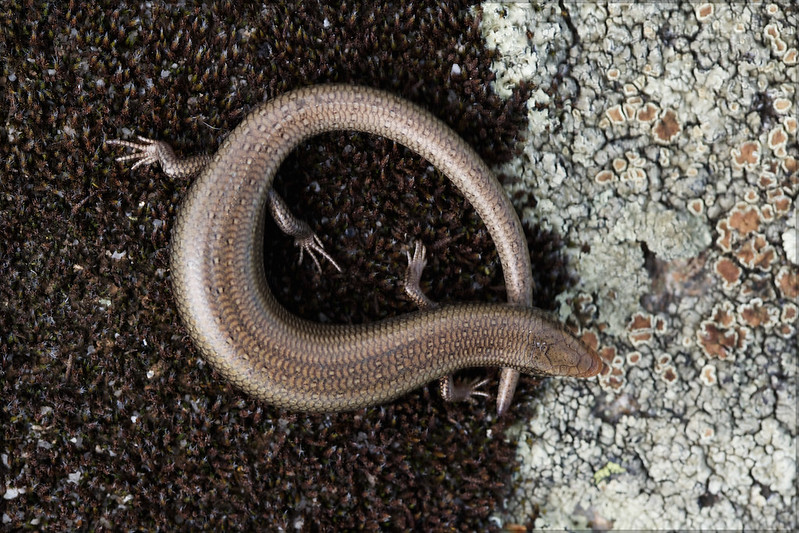
Mediterranean forest

Birds are a herper’s friends, especially when they lead you to this.
Montpellier Coachwhip consuming a blackbird.
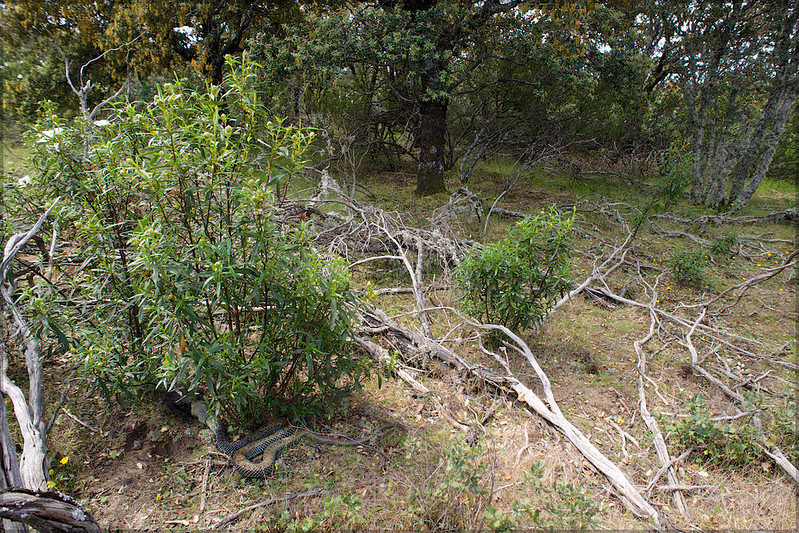
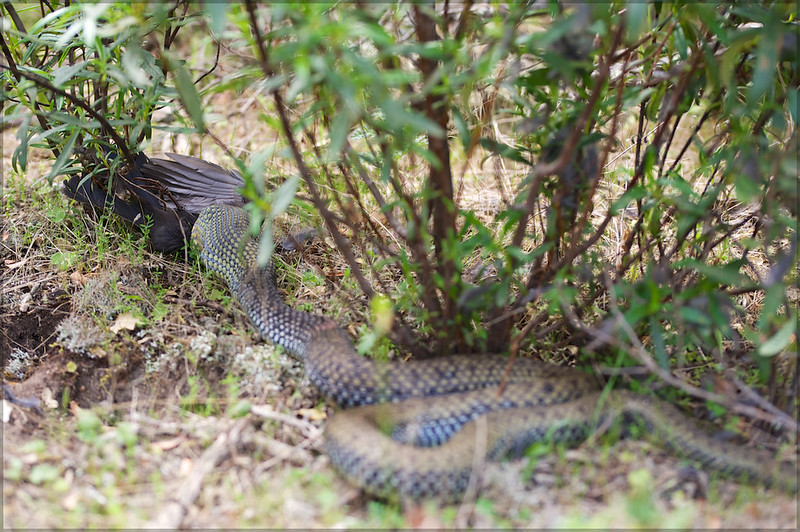
Size reference

Cazorla, another very successful trip

Algyroides marchi, adult male
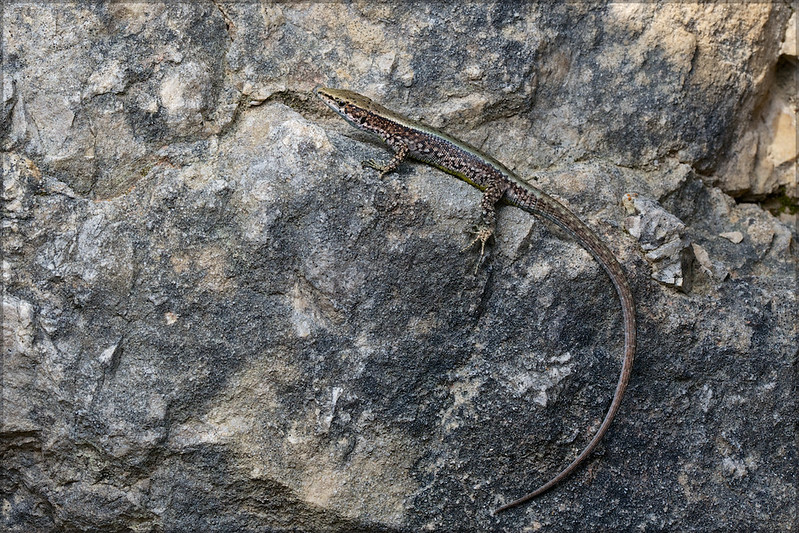
Silver ladder snake
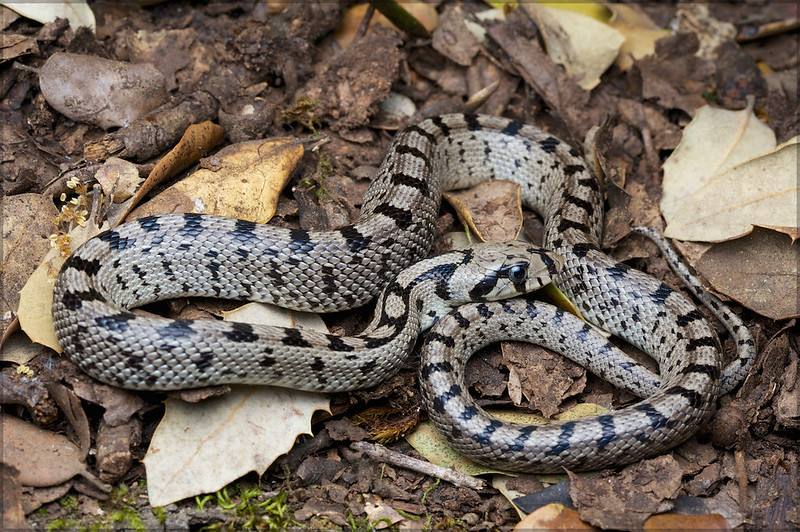
Golden ladder snake

Natrix natrix astretophora (Spanish Grass Snake)

My absolute favorite Iberian herps, the Betic midwife toads (Alytes dickhilleni)

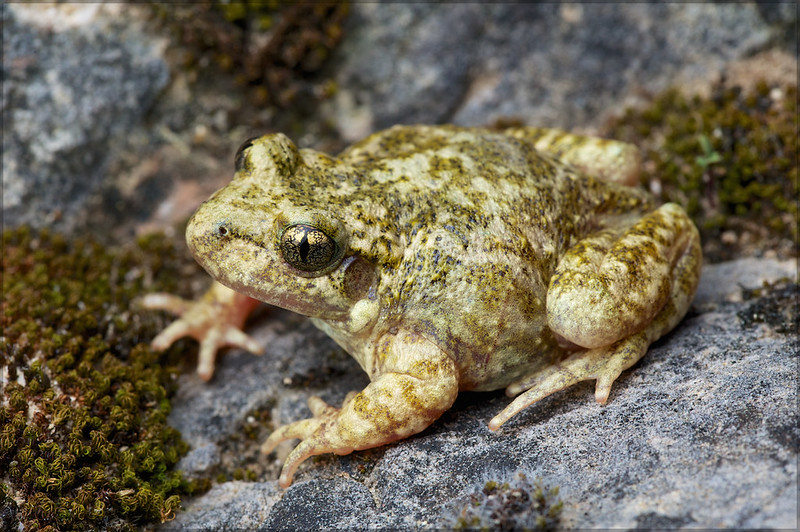
Only juveniles of this subspecies found, as well (S. s. morenica)
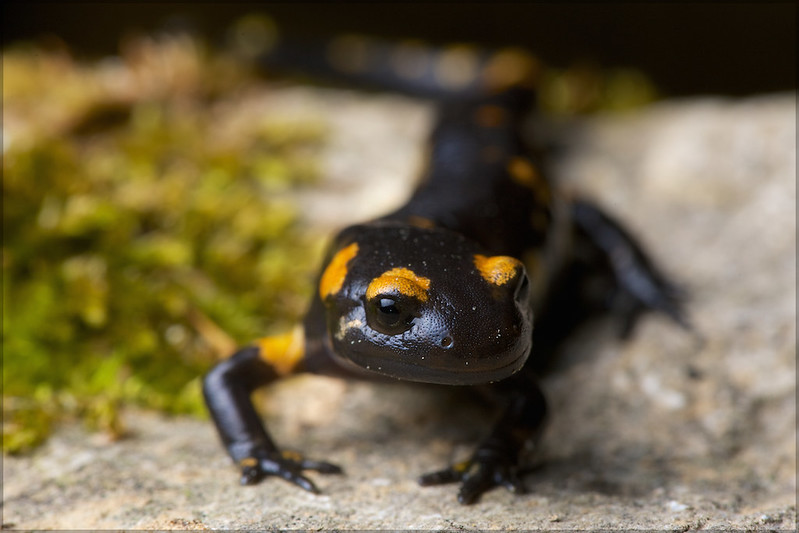
These mountains are loaded with ocellated lizards
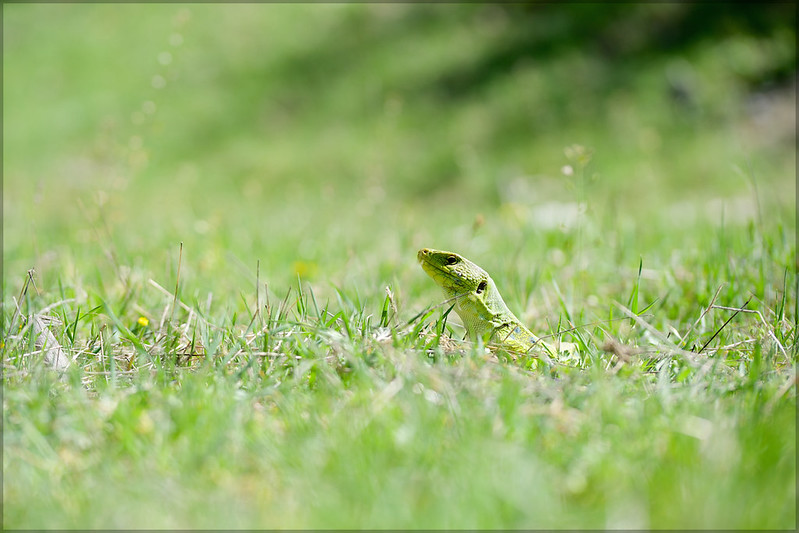
Gravid female Podarcis hispanica sensu stricto (Spanish Wall Lizard)
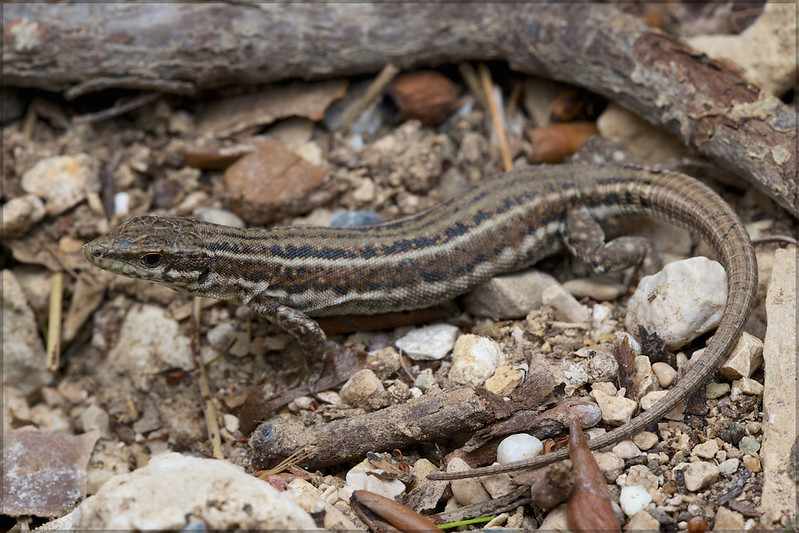
Podarcis muralis (Common Wall Lizard), back in the Sierra de Guadarramma

Chalcides bedriagai (Bedriaga’s Skink)
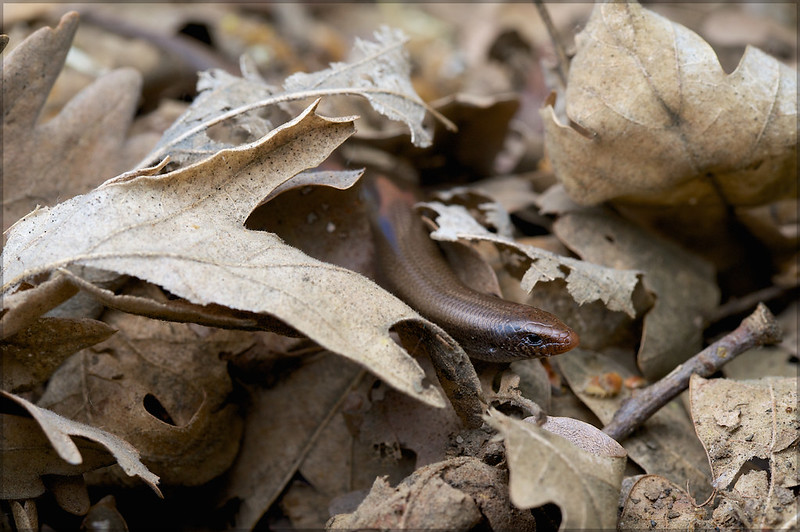
View from La Peña de Francia
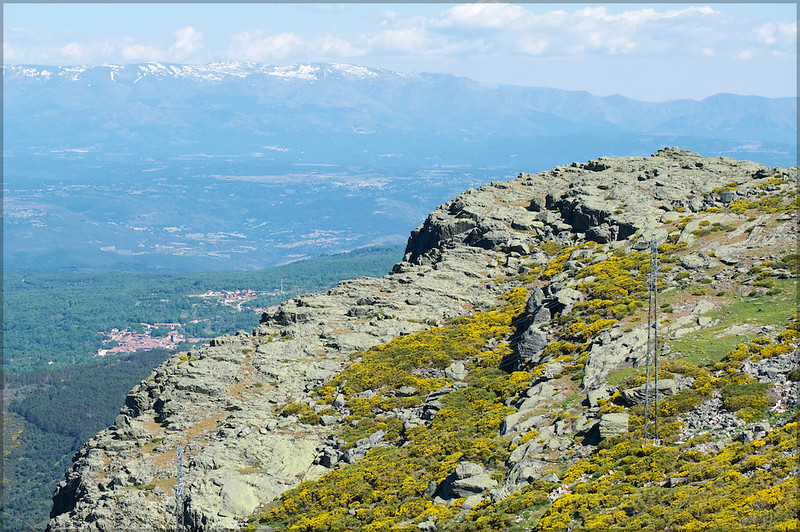
This small mountain range is home to an isolated population of Ibex and the Critically Endangered Iberolacerta martinezricai (La Peña de Francia Rock Lizard). This genus is largely tied to high elevation mountains (in central Iberia, at least), and this species is no exception. It only occurs on La Peña de Francia and surrounding peaks, where it appears to be less abundant than other species of the genus. Considering this species is tied to a high elevation niche, it might be under threat of a changing climate, which could make its small distribution less suitable for the lizards.

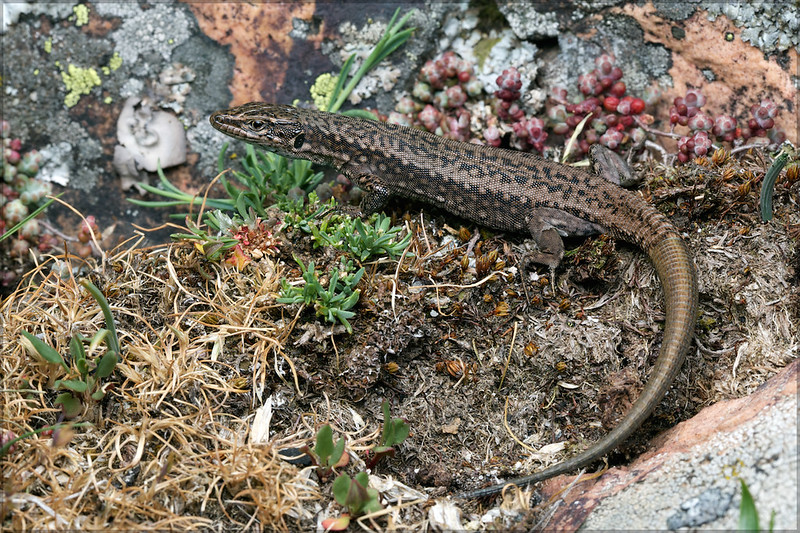
Wouter B. called this Iberian spadefoot toad as he jumped into a hole in the ground. It had probably hurt its face trying to get out. The second of only two individuals of this species that I would observe.
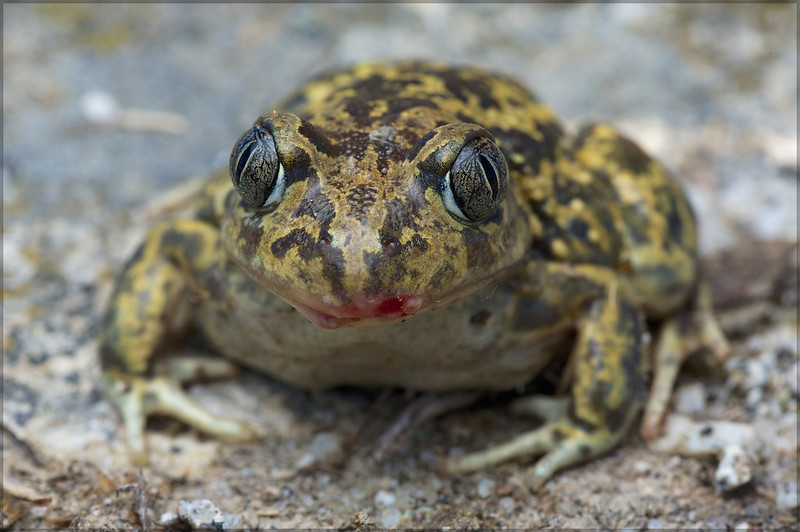
One of my favorite lizards from the peninsula are the fringe-toed lizards (Acanthodactylus erythrurus). These lizards are tied to dry, hot, open habitats with sandy soils that they use for burrows. They become active later in the day (around 11:00), when most other lizards have already had their peak of activity, because most of their “basking” takes place underground in the burrows.
Dark adult male
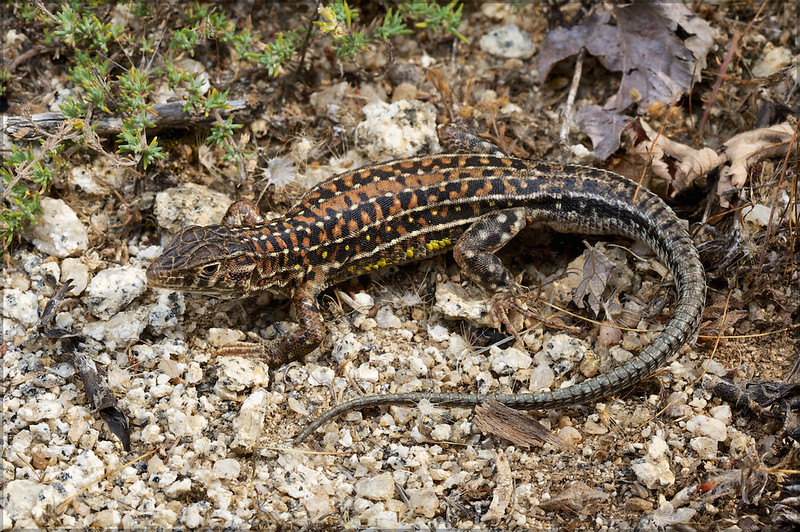
Adult female
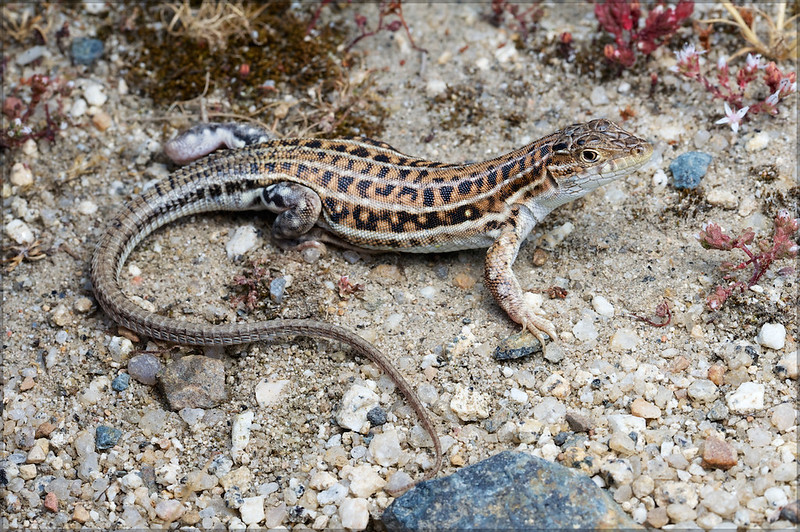
Juvenile, displaying characteristic red tail
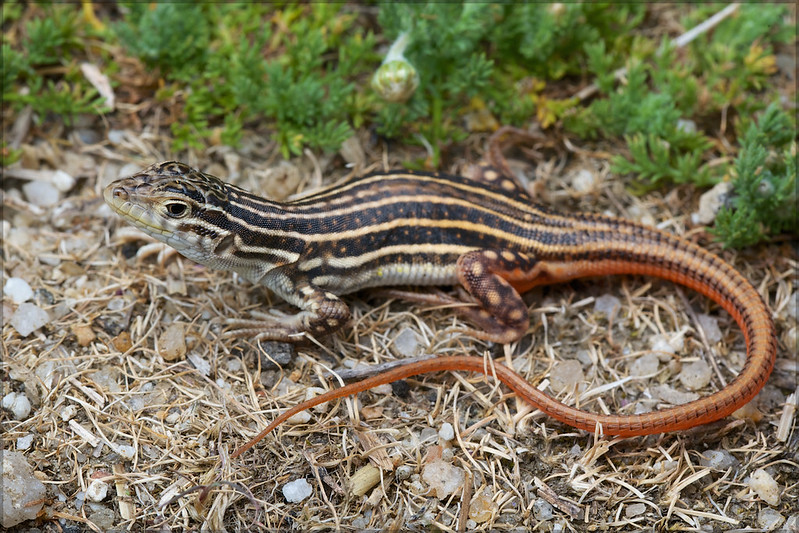
View from the mountains

Post-partum Vipera latastei with Sierra de Gredos in the backgrounnd

Triturus pygmaeus (Southern Marbled Newts), both in situ


Pretty picture

Hyla molleri (Tree Frog)
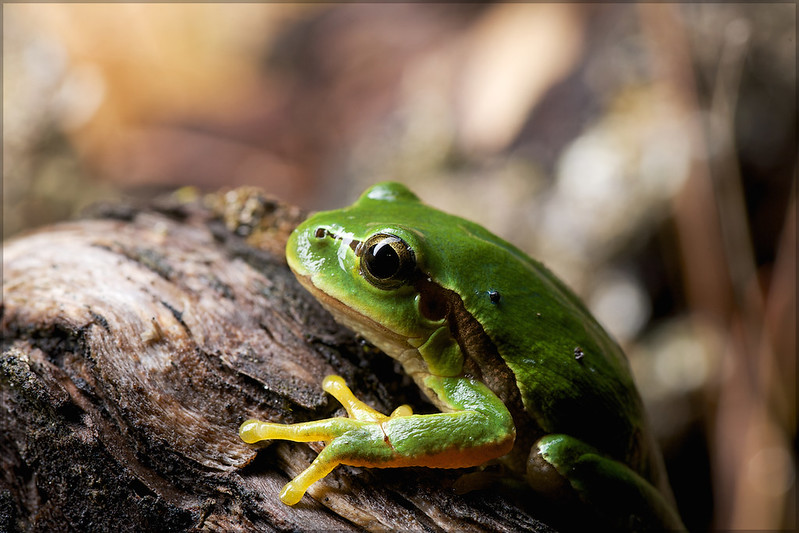
Bufo calamita (Natterjack)
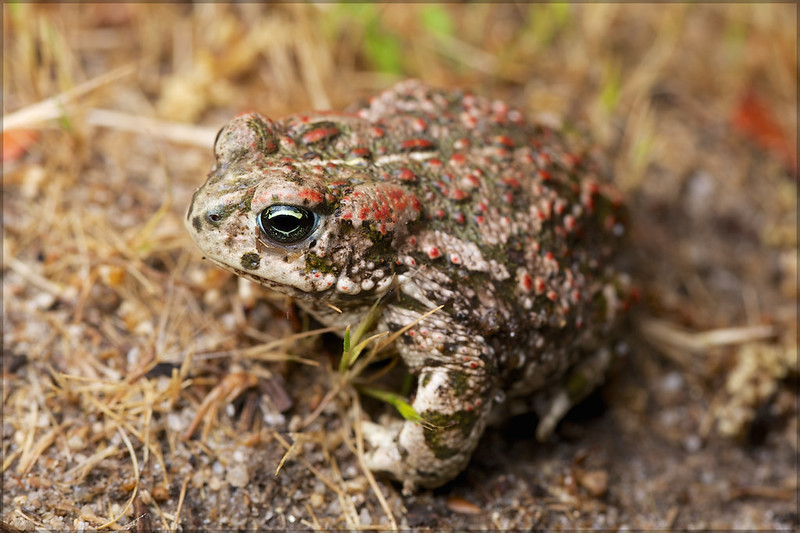
Grasslands of northern Extremadura
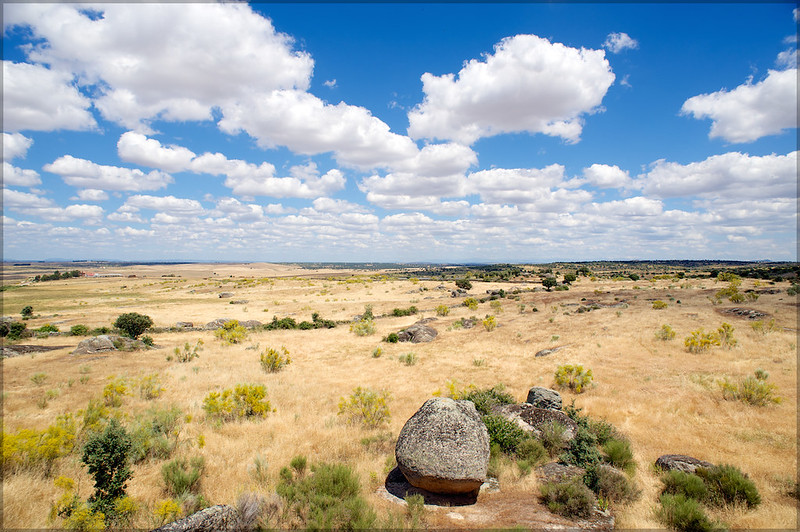
Belén Plain, home to Otis tarda (Great Bustards). The left-most dot on the building is Athene noctua (Little Owl).
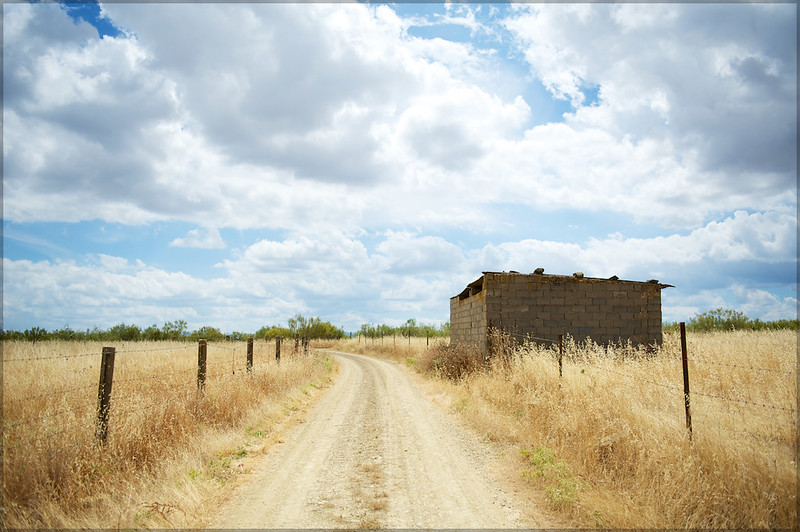

Salto del Gitano, Monfragüe National Park, perhaps the best place for raptors in the Iberian Peninsula
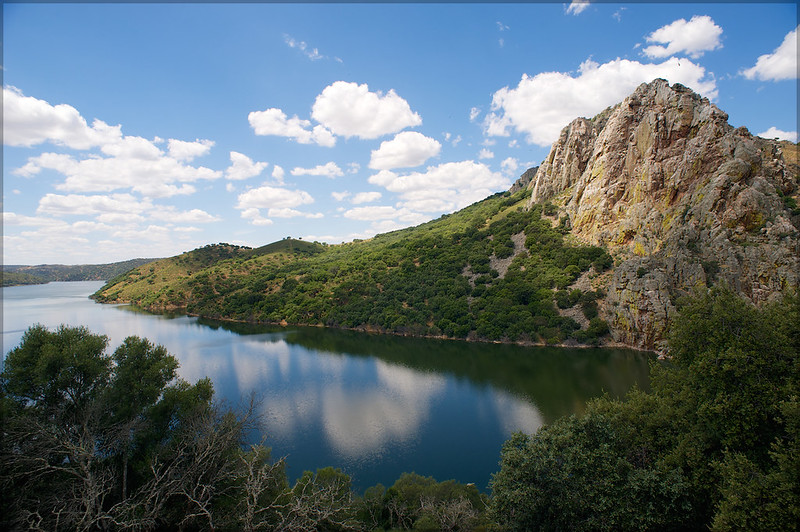
Hundreds of Gyps fulvus (Griffon Vultures) breed on Salto del Gitano

View on a different day
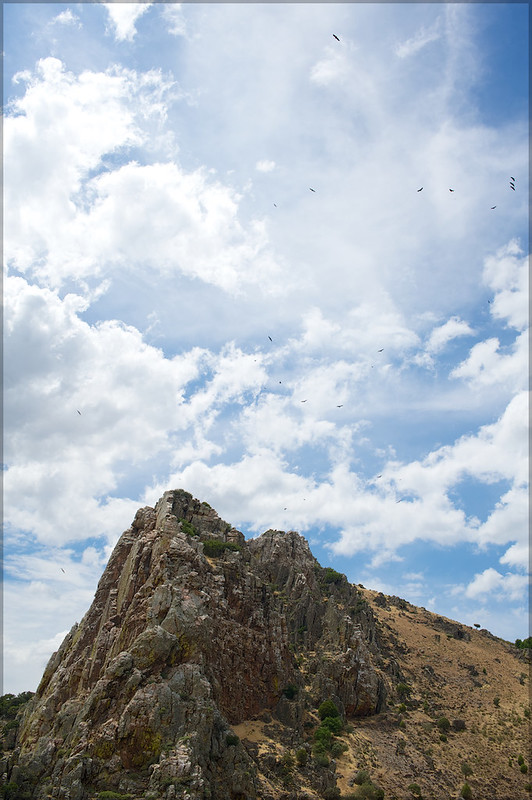
The park is also home to several pairs of Aquila adalberti (Spanish Imperial Eagles), one of the most endangered raptors of Europe.
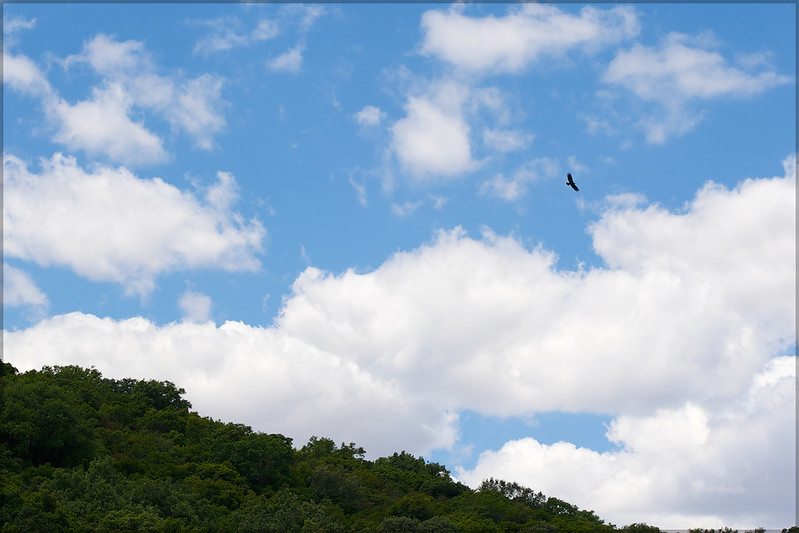
On a bird note, a Sturnus unicolor (Spotless Starling) being proessed
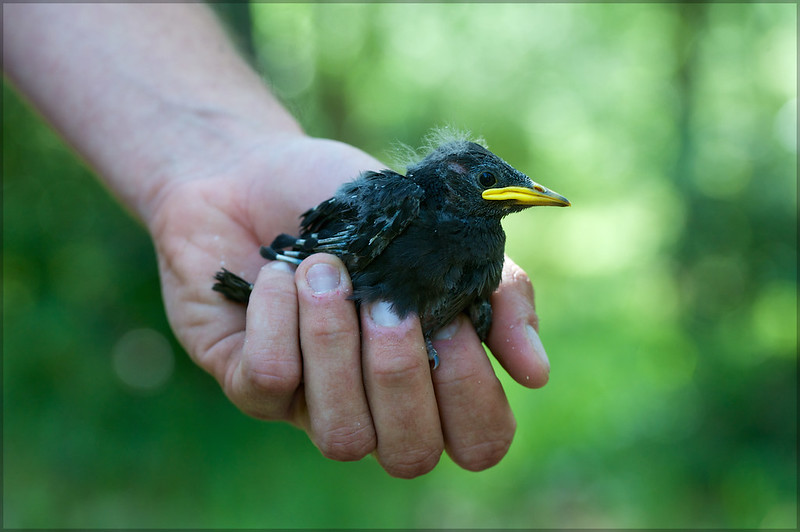
Chalcides striatus (Western Three-toed Skink)
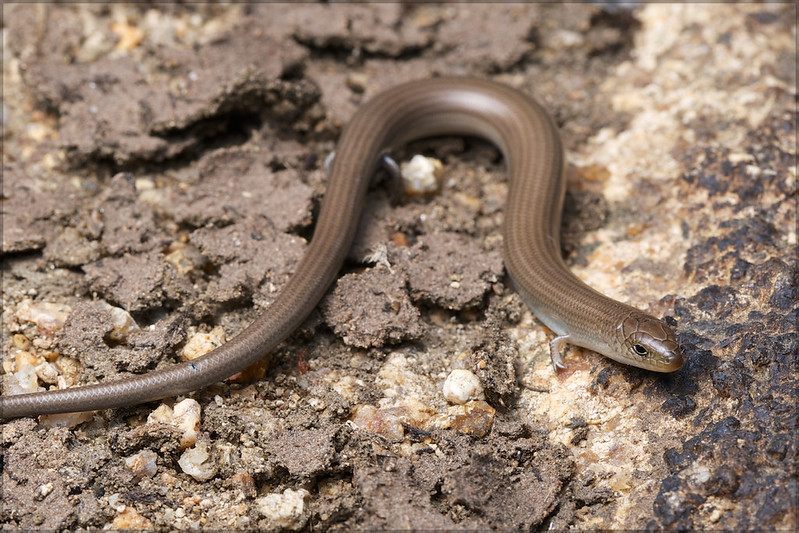
Iberolacerta cyreni (Cyren’s Rock Lizards) reach their activity peak later in the year due to their high elevation habitat.
Adult male

Adult female, in situ
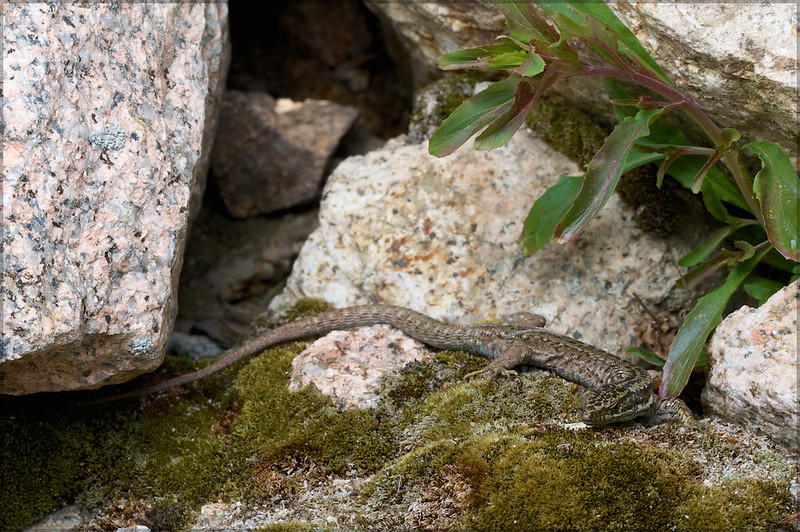
Juvenile, displaying characteristic blue tail

Particularly attractive Podarcis vaucheri
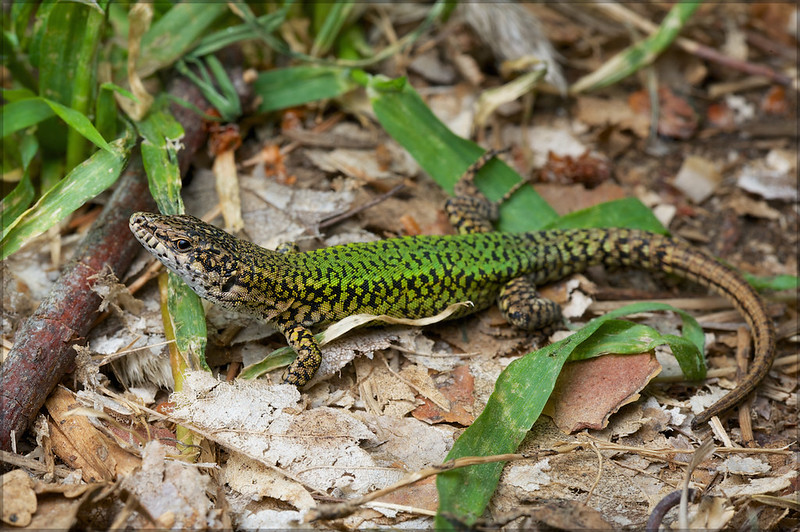
Psammodromus hispanicus (Spanish Psammodromus), one of my favorite but also the most frustrating Iberian lizard to catch

Sierra de Guadarrama
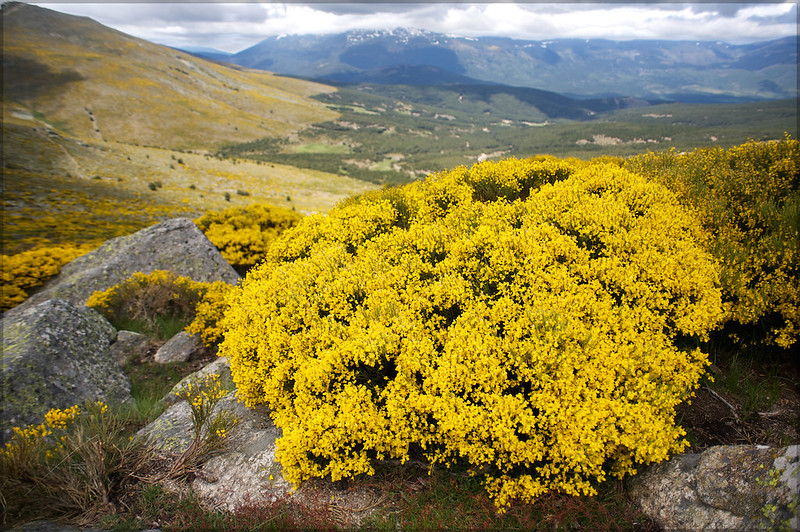
Rana iberica (Iberian Frog), highly localized in this mountain range

Brilliant Lacerta schreiberi (Iberian Emerald Lizard)
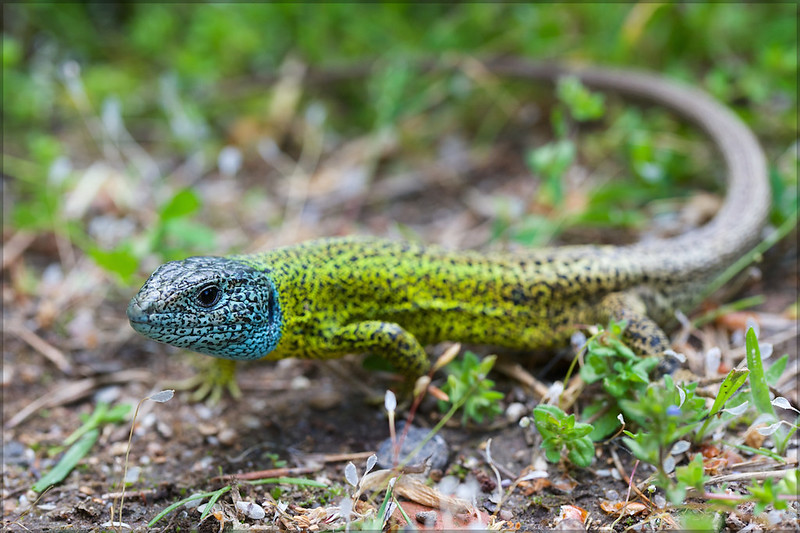
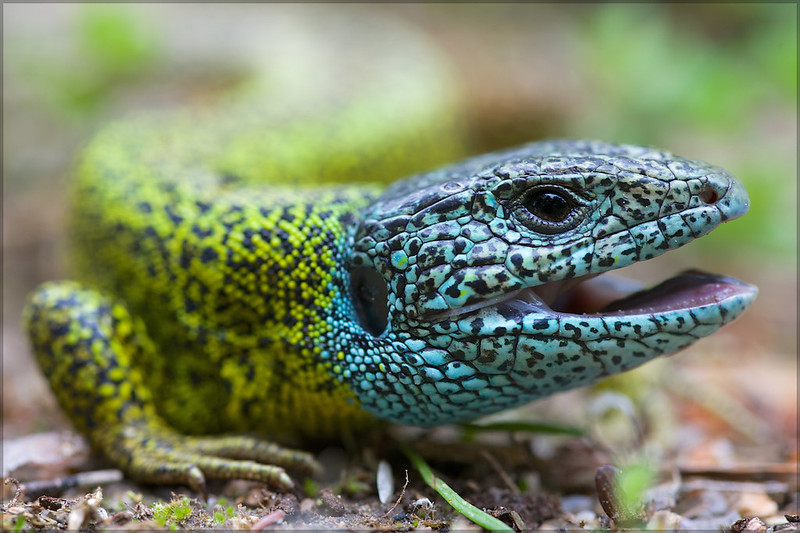
Aberrant tree frog from higher elevation
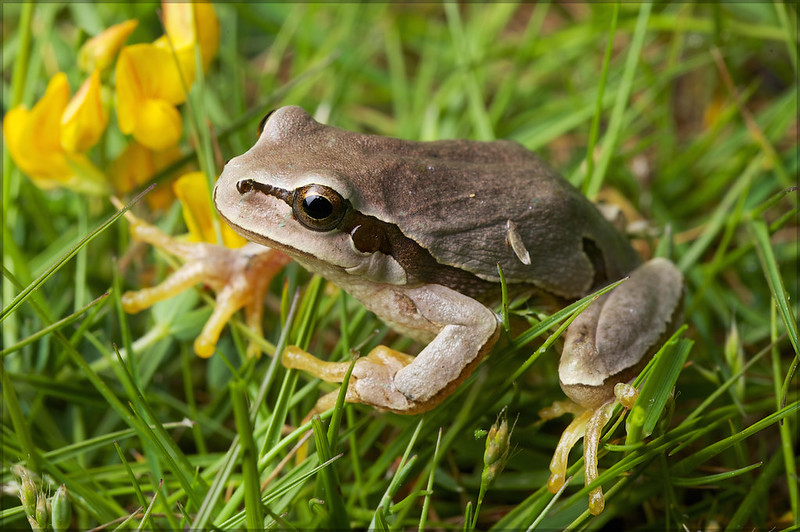
Another trip down south warned us for chamaleons.



Sierra de Cazorla, again
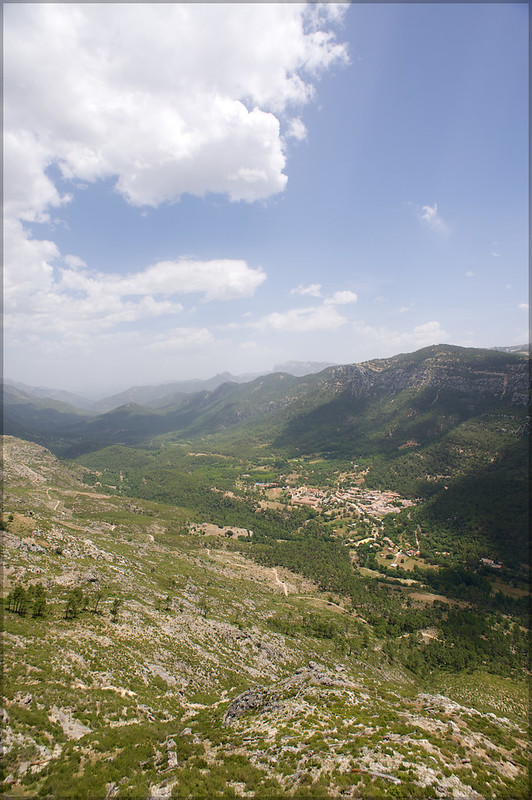
Eresus species
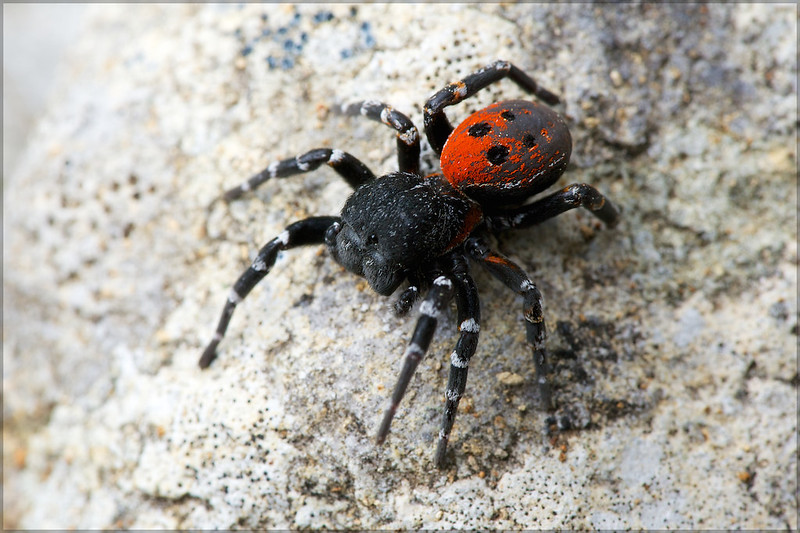
Adult male Podarcis hispanica sensu stricto

Adult male Algyroides marchi
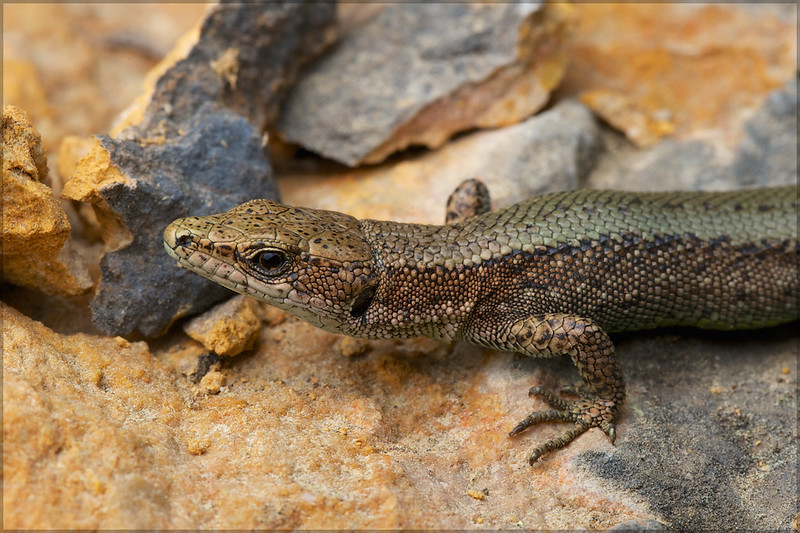

Vulpes vulpes (Red Fox)
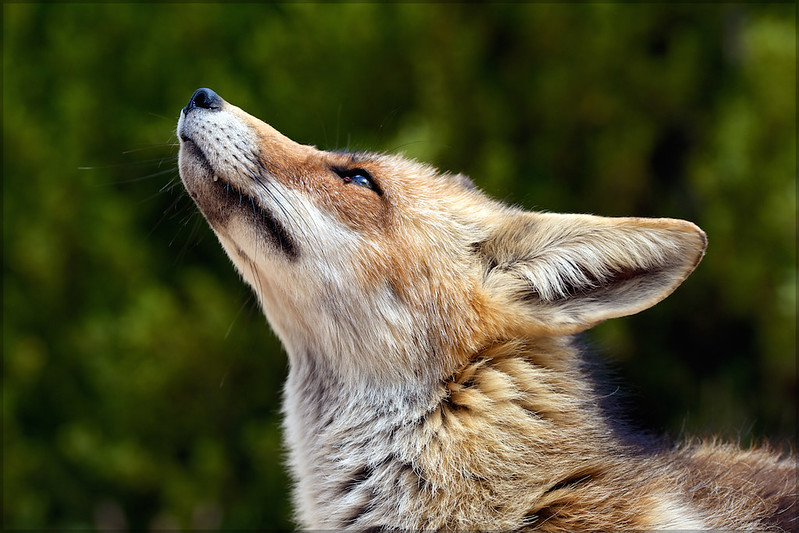
The ladder snakes really remind me of American rat snakes. They climb trees (this particular one fled into the nearest pine upon release), are quick to defend themselves, are commonly flipped, and even their musk smells the same, to name just a few things.

Mauremys leprosa
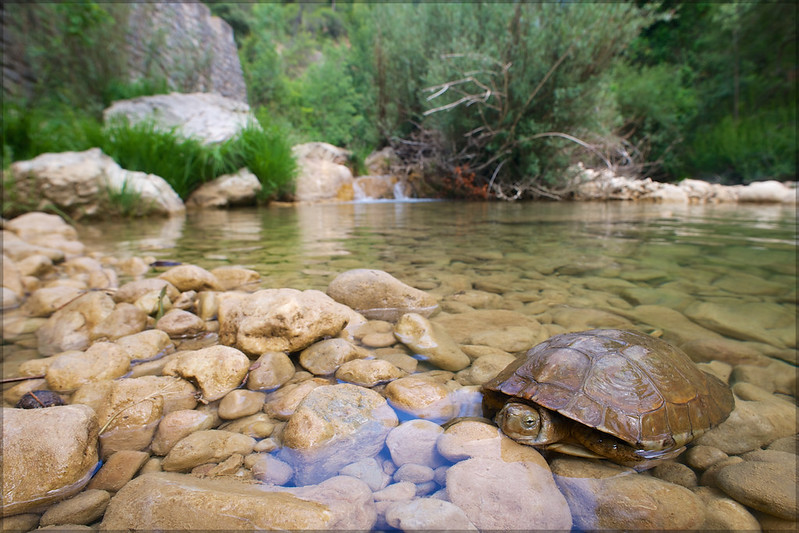
Attractive adult male Podarcis virescens
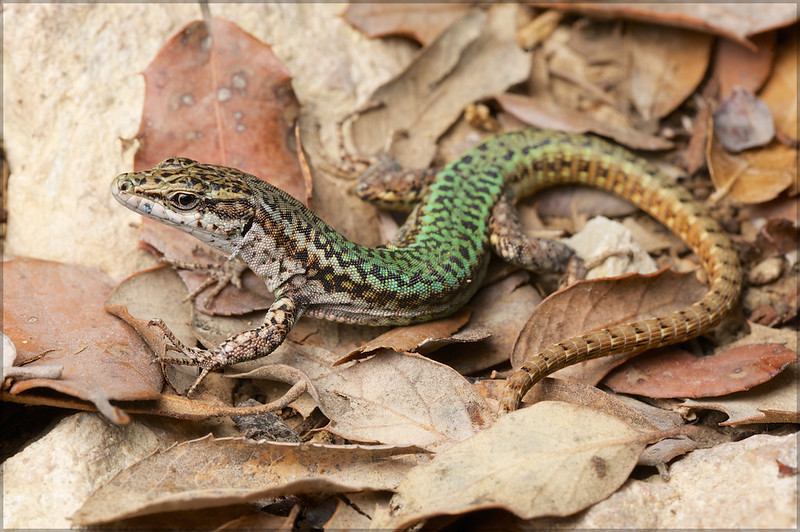
More Betic midwife toads! Again only two individuals found, as we missed their entire reproductive season (which might not even have happened in the time we visited).
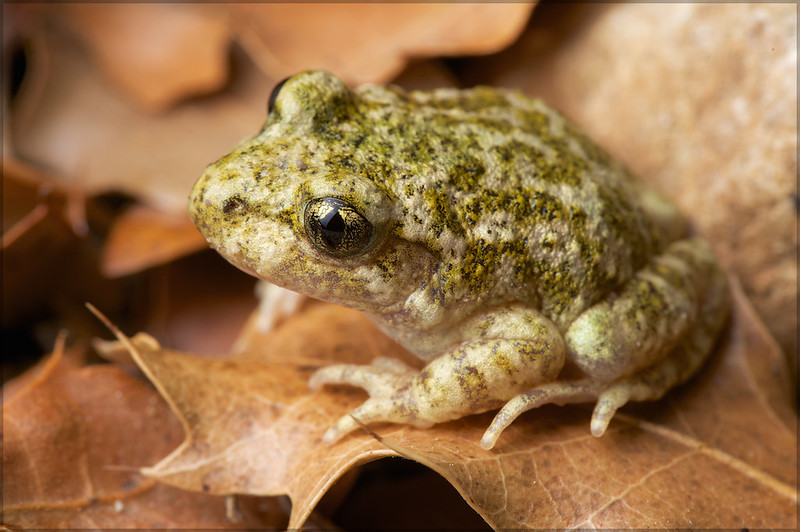
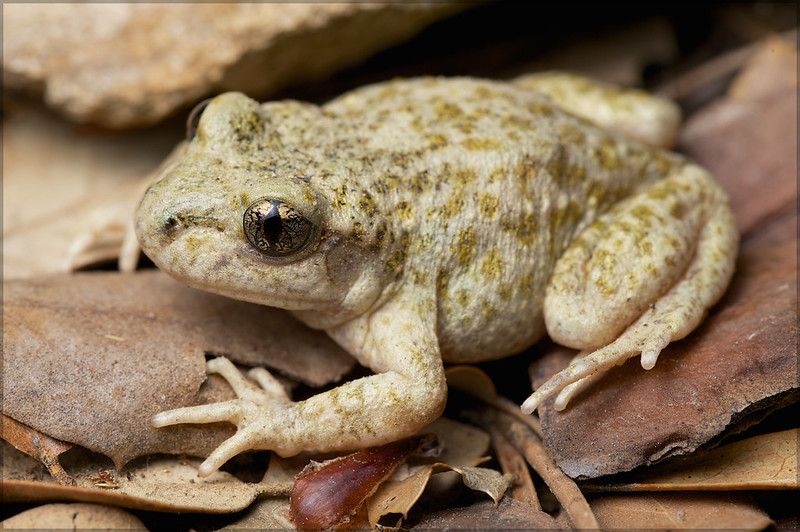
I finally took the chance to photograph this attractive and ubiquitous Pelophylax perezi (Perez’s Green Frog).
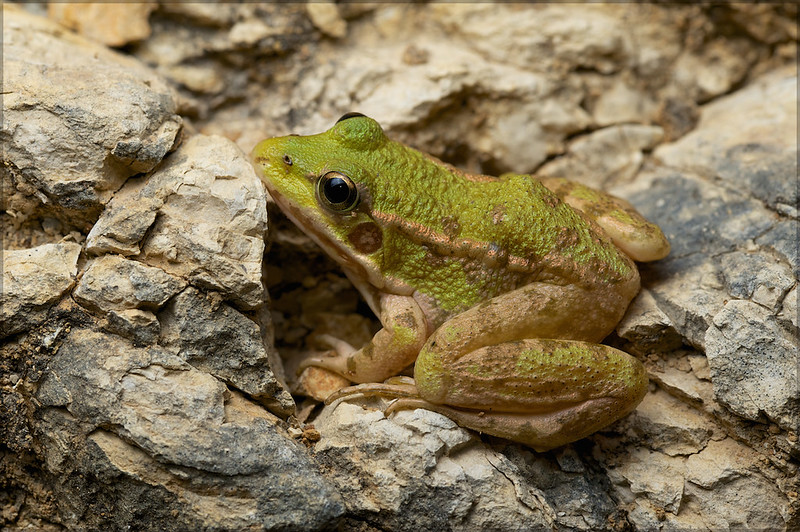
Psammodromus hispanicus
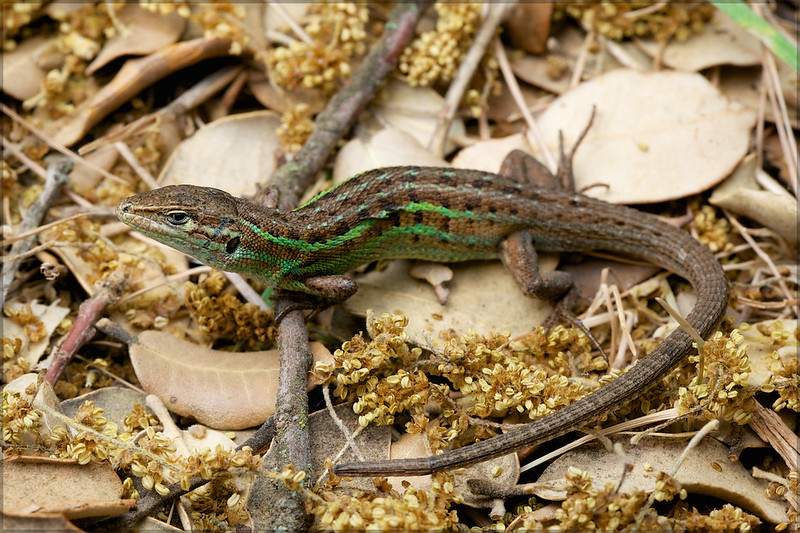
Butterflies and chameleon crab spiders (species?)


Beautiful adult male Iberolacerta cyreni
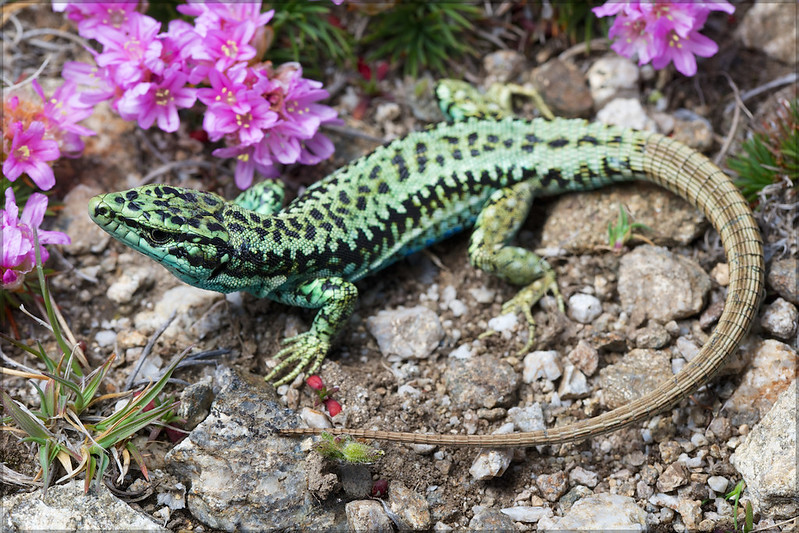
Our first trip to the Pyrenees was very successful, when we herped mostly in this valley.

Here we found wonderful amphibian diversity.
Rana pyrenaica (Pyrenean Frogs)


Calotriton asper (Pyrenean Brook Newts), juvenile

Adult
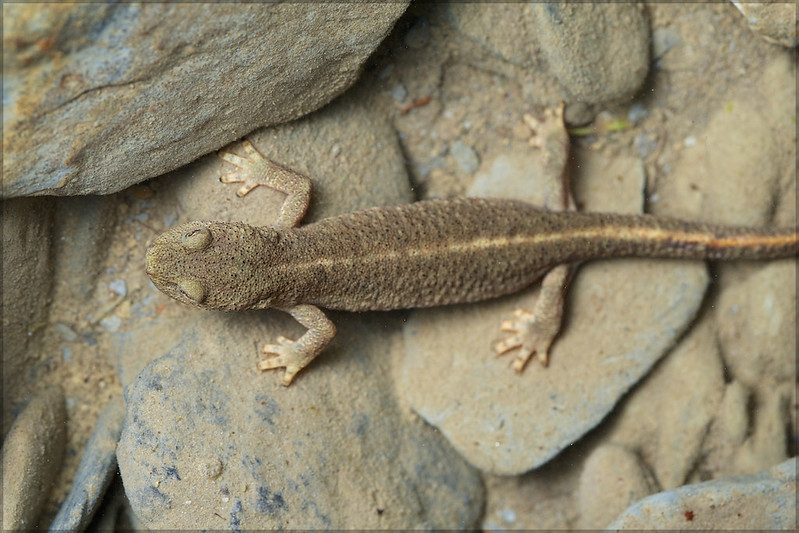
Alytes obstetricans obstetricans (Common Midwife Toads)
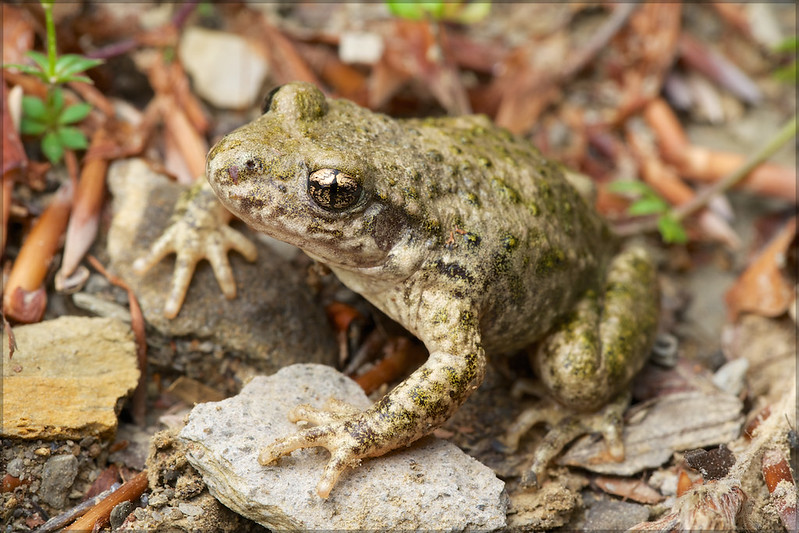
The above two were found near this stream.

That night we were even more successful with lots of common toad, midwife toad, and palmate newt (Lissotriton helveticus) breeding activity.
Toad ball

Note the larvae inside the eggs. Males carry several egg strings from the females around for several weeks before depositing the developed larvae in water.
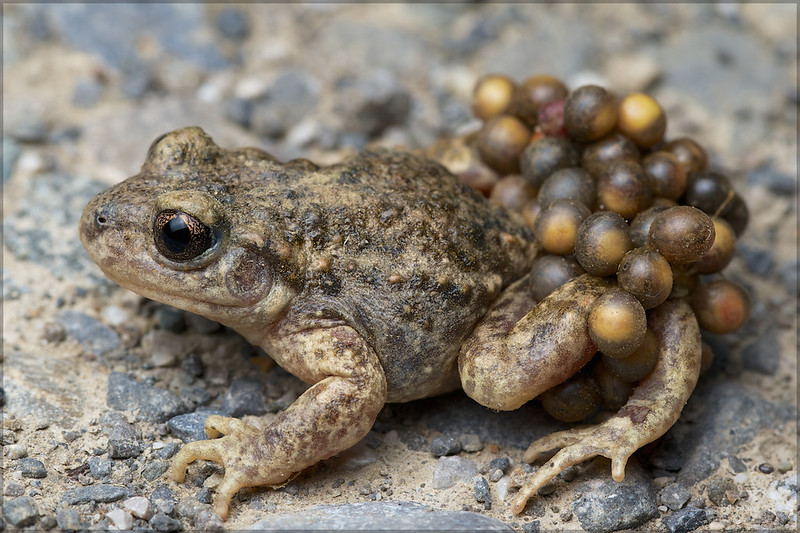
Female depositing an egg

Bonus fire salamanders (S. s. fastuosa) of my favorite subspecies


Extra bonus grass snake (Natrix natrix astretophora)
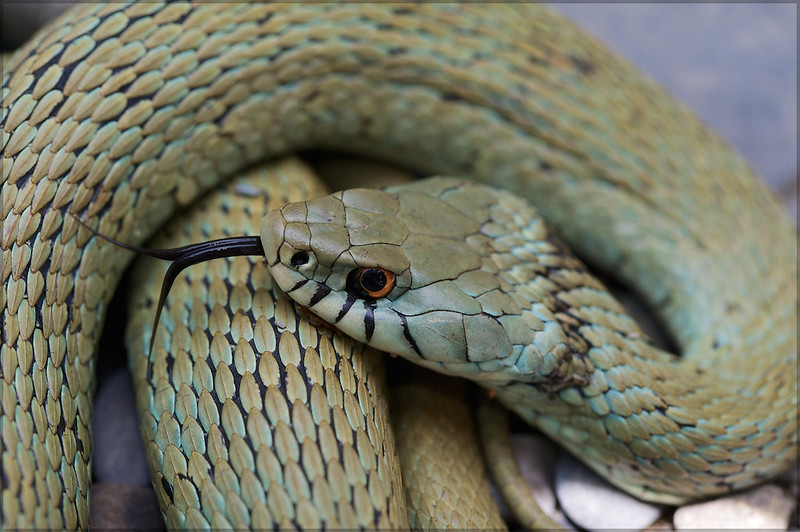
Papilio machaon (Old World Swallowtails)
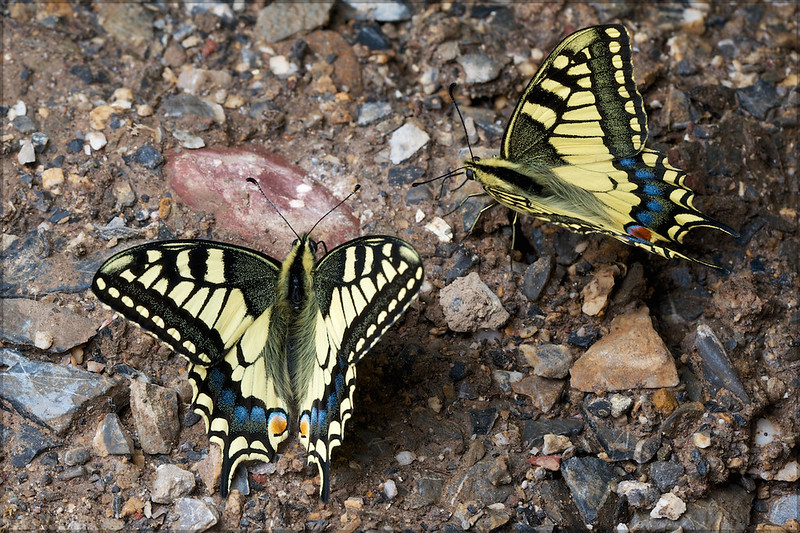
Vipera aspis (Asp Vipers)
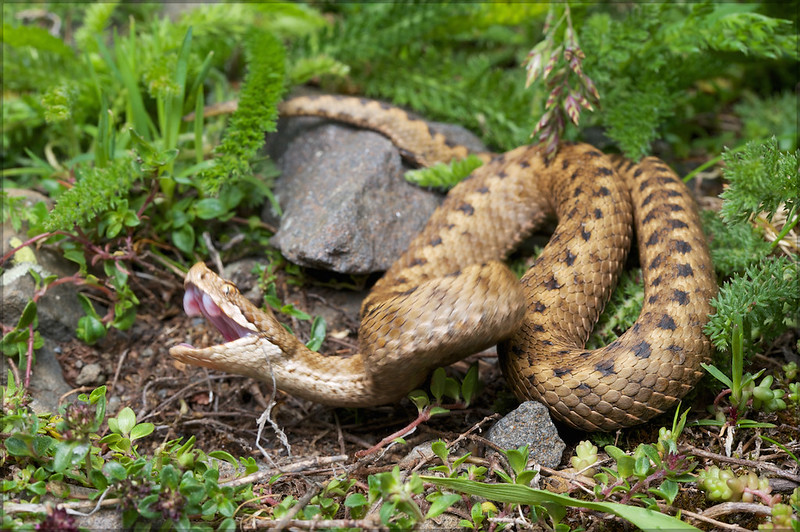
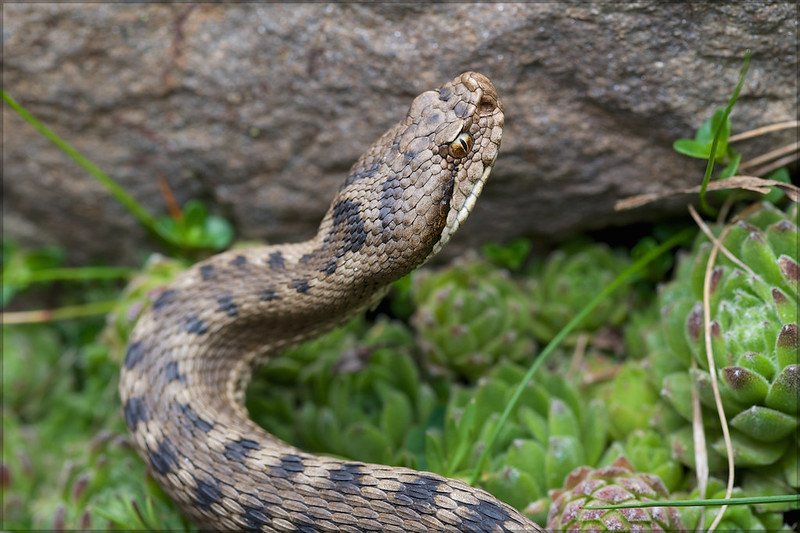
Another highlight of this trip was three Hierophis viridiflavus (Western Whip Snakes) from the Spanish side of the Pyrenees. That makes Zamenis the only Iberian snake we missed.
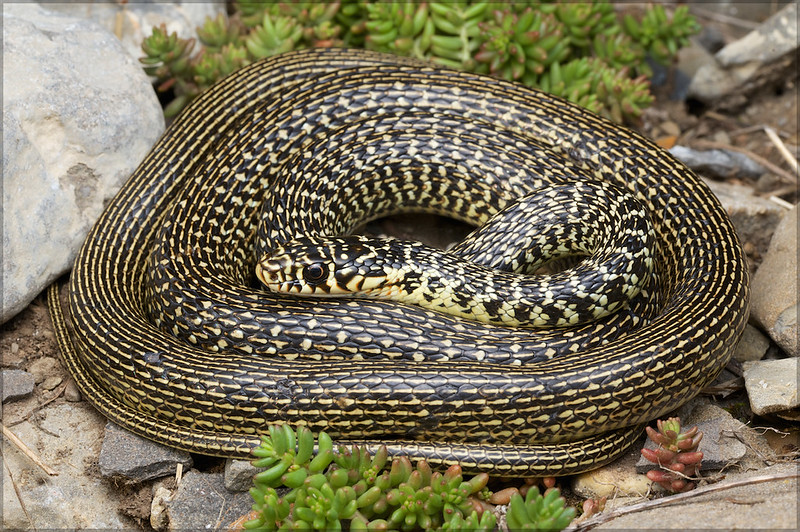
Brilliant Natrix natrix astretophora from the high Sierra de Guadarrama
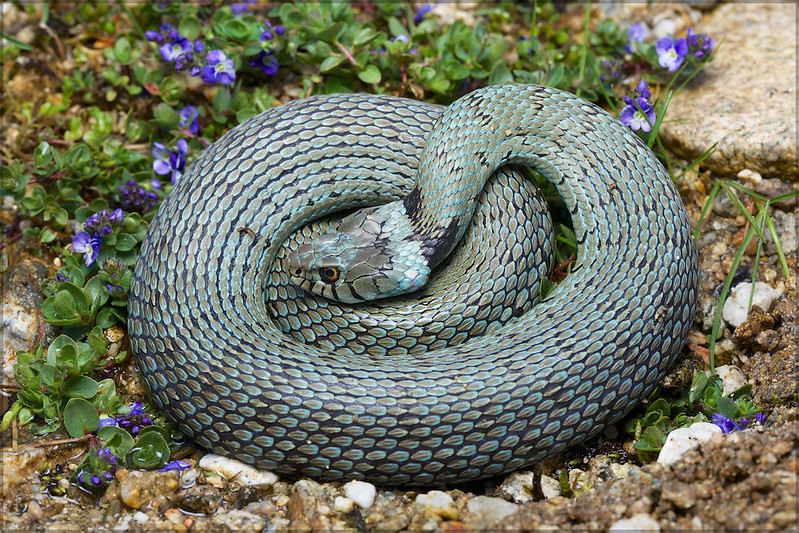
Juvenile Lacerta schreiberi
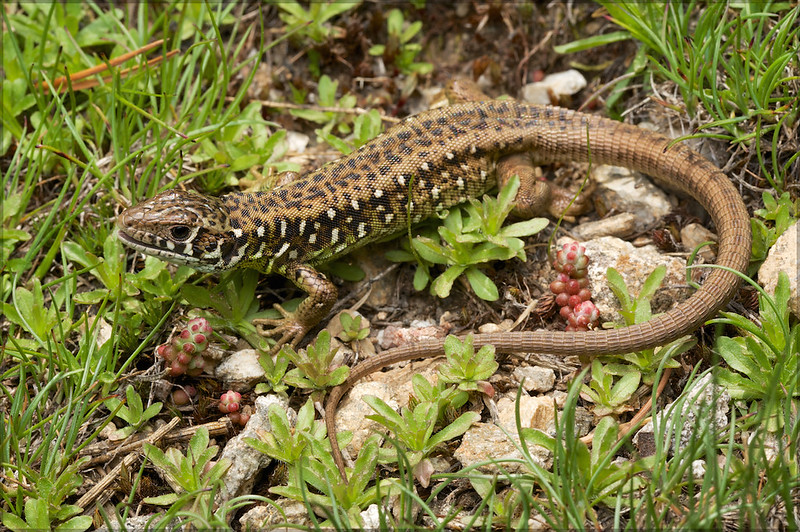
Adult female Vipera seoanei (Galician Viper) from Galicia
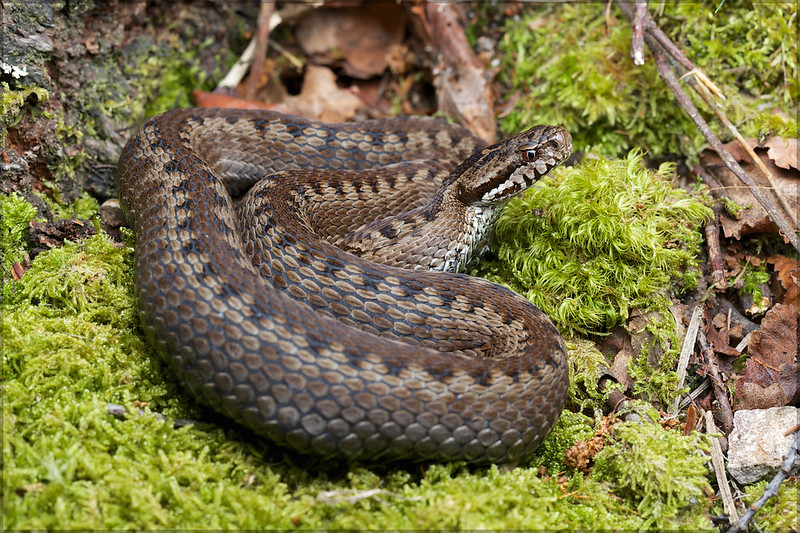

Unique are the stream-dwelling Chioglossa lusitanica (Gold-striped Salamanders) from the northwestern part of the peninsula. Unfortunately this was the only one I saw.
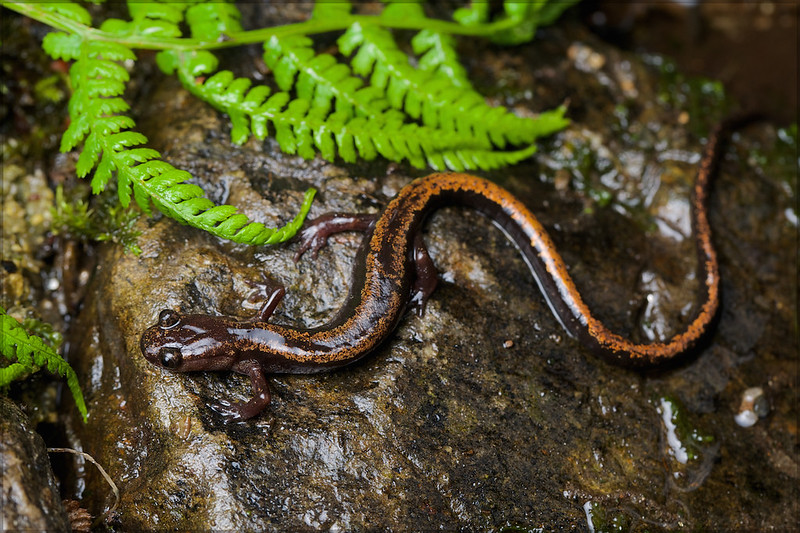
The highest reaches of the Sierra de Guadarrama are quite alpine in nature but boast a surprising diversity of amphibians, including an alpine population of tree frogs. As a side note, midwife toads used to be one of the most abundant amphibians here, but were nearly wiped out by chytrid over a decade ago.
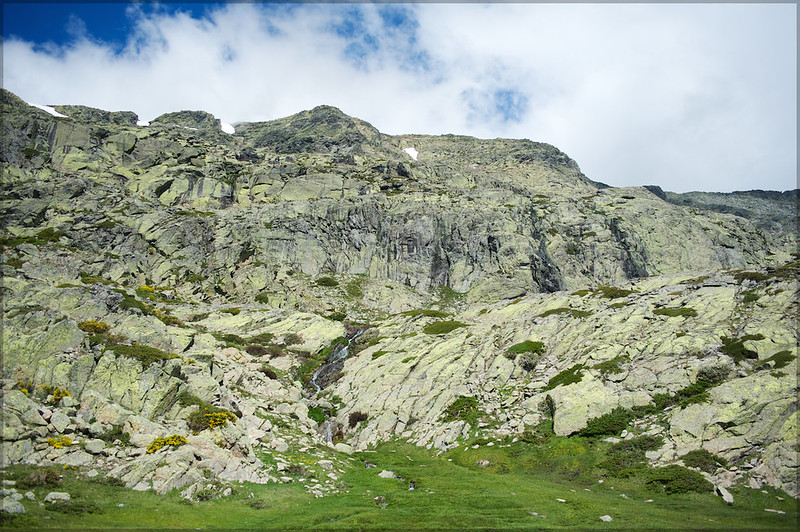
Hyla molleri
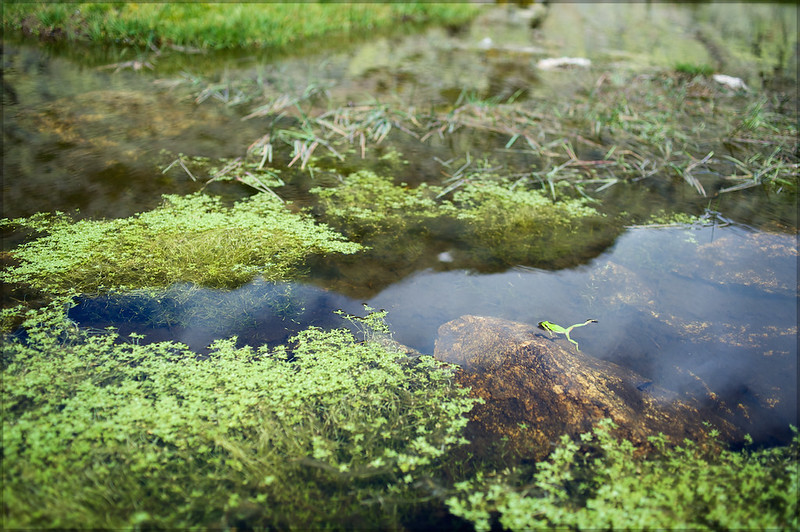
Amphibian ponds

Lots of fire salamanders
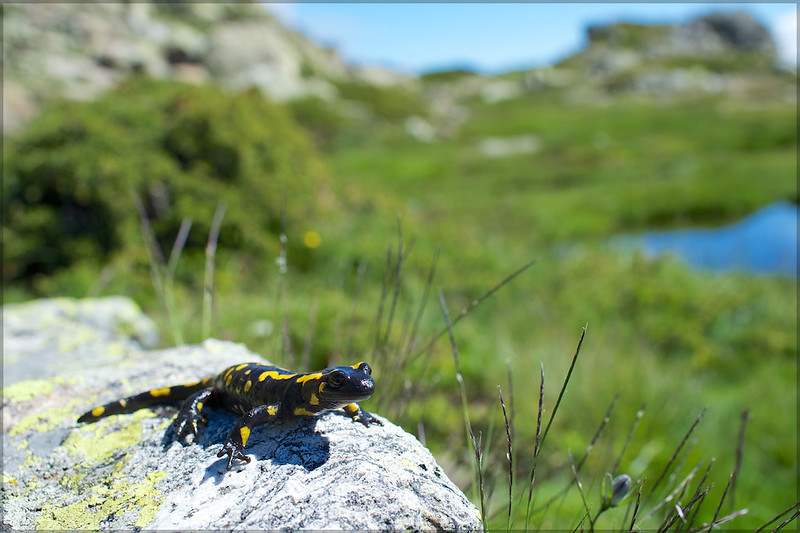
Bufo calamita (Natterjack Toadpoles)

Bufo bufo (Common Toad) and B. calamita (Natterjack) sharing the same refuge
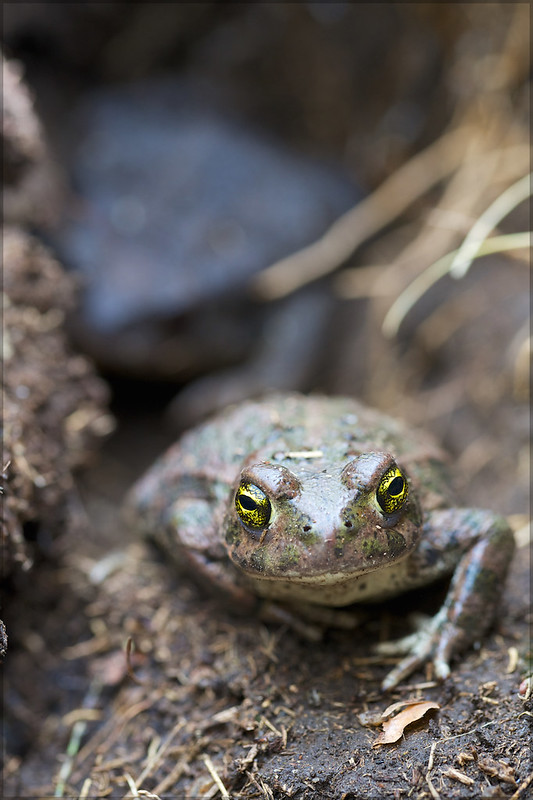
Iberolacerta cyreni seem to be most common at the highest of the high elevations, particularly near the peak of the mountain range, Peñalara Peak (in the background of the next two pictures).

Adult male
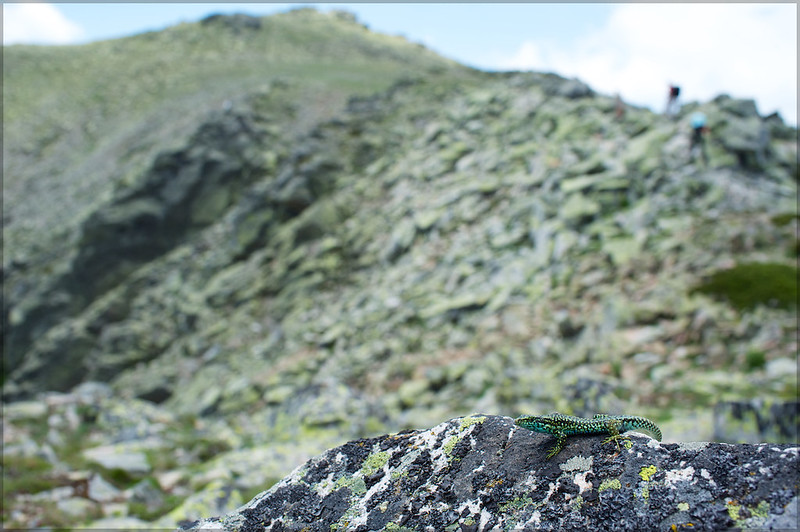
Adult female
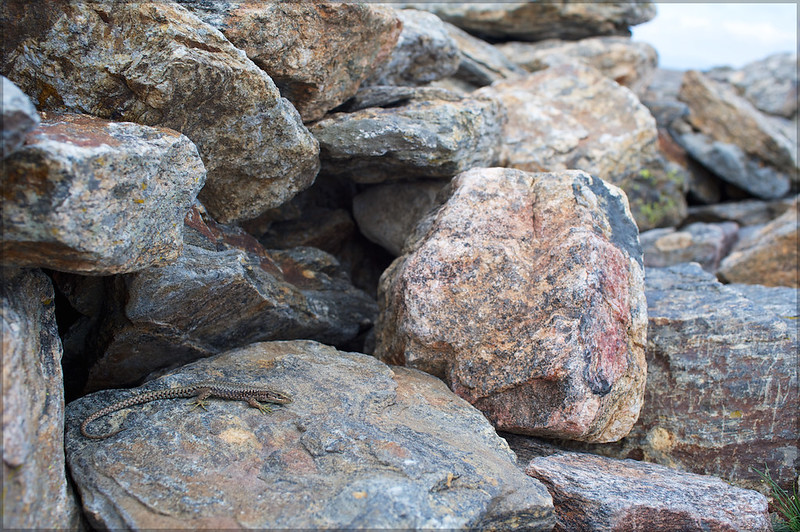
Northern slopes of Moncayo, home to (one of?) the most southern beech forest(s) in Spain.
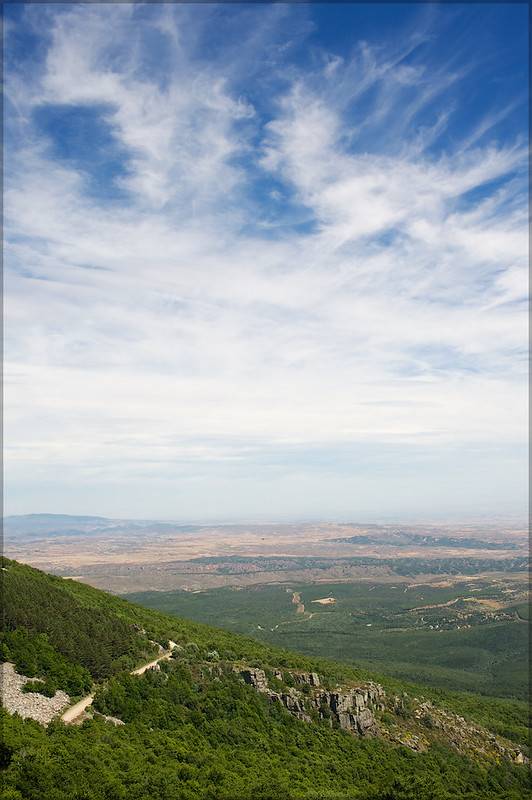

Smooth Snake

Going the other way to Serra da Estrela in Portugal
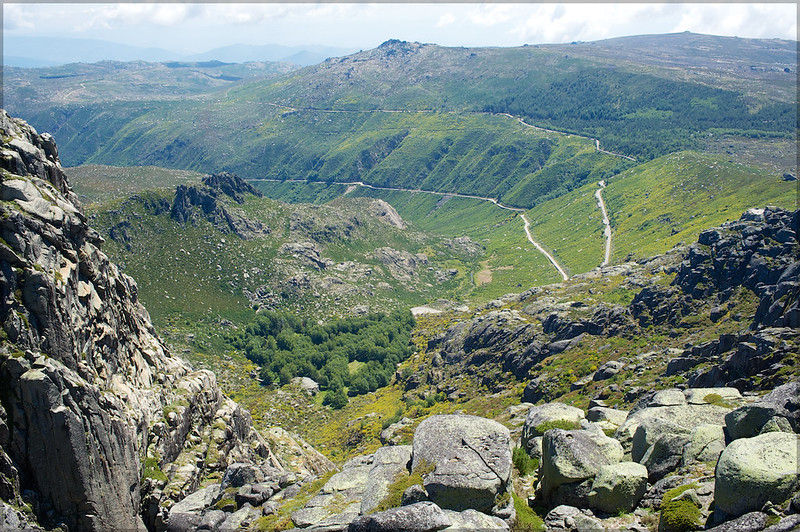
Silver Iberolacerta monticola (Iberian Rock Lizard)

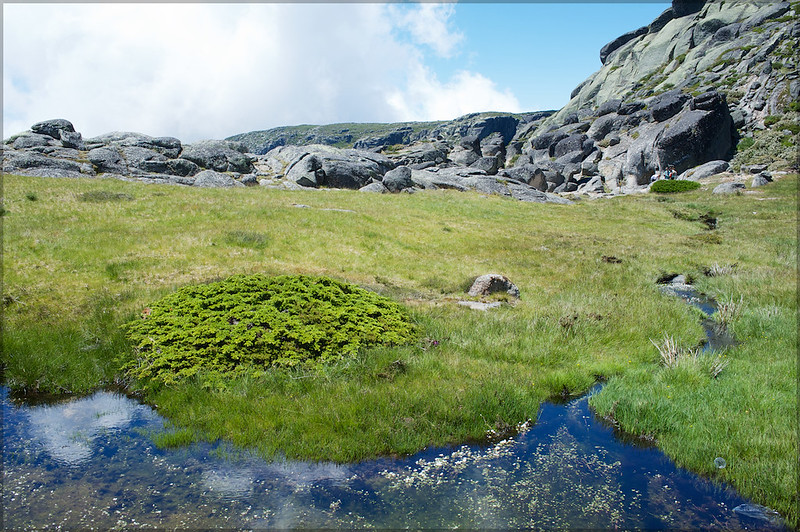
Iberian frogs are a lot more common here, especially when the sun is shining.
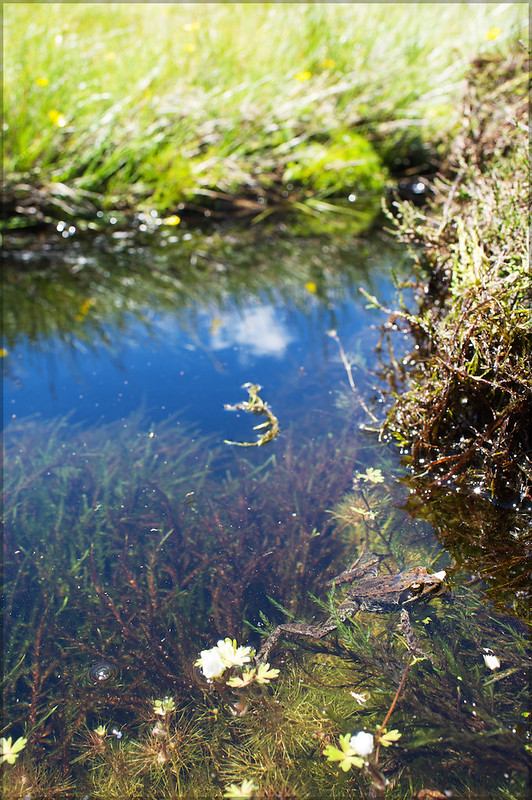
Surrounded by clouds

Triturus marmoratus (Marbled Newt)

Exceptional example of a different subspecies of Cyren’s rock lizard (I. c. castilliana) from Sierra de Gredos
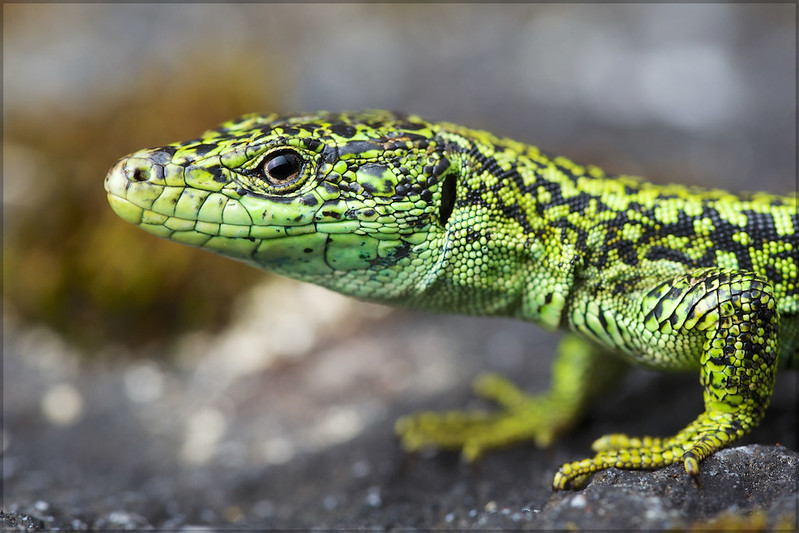
Some more adult male fringe-toed lizards
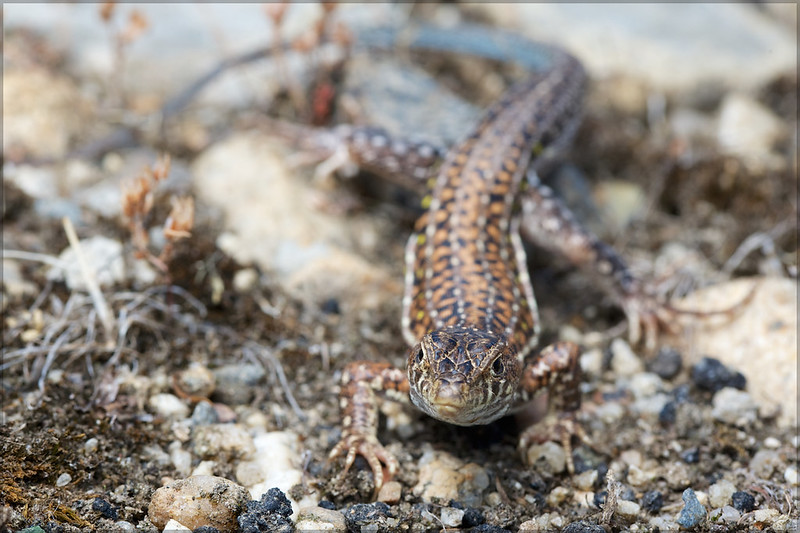
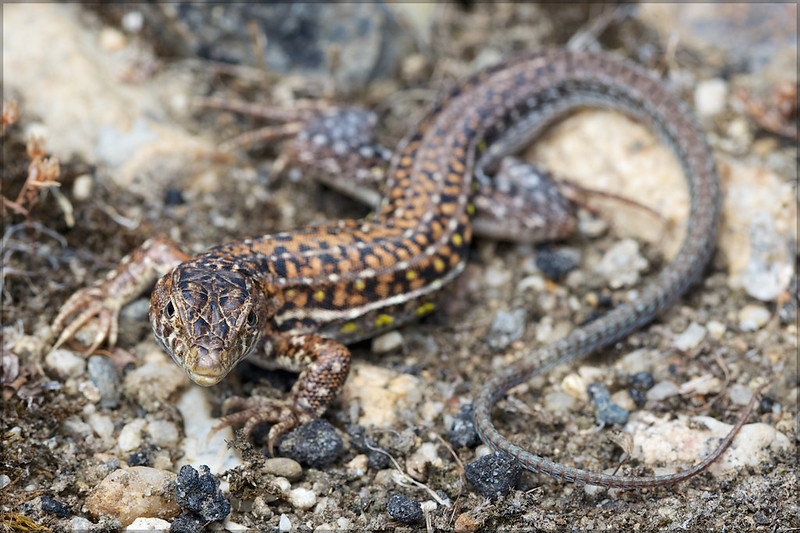
Adult male Podarcis bocagei (Bocage’s Wall Lizards)
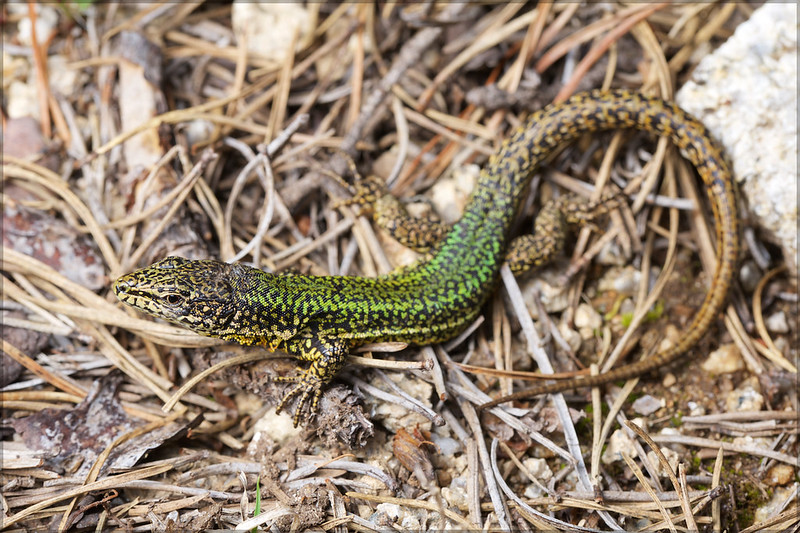
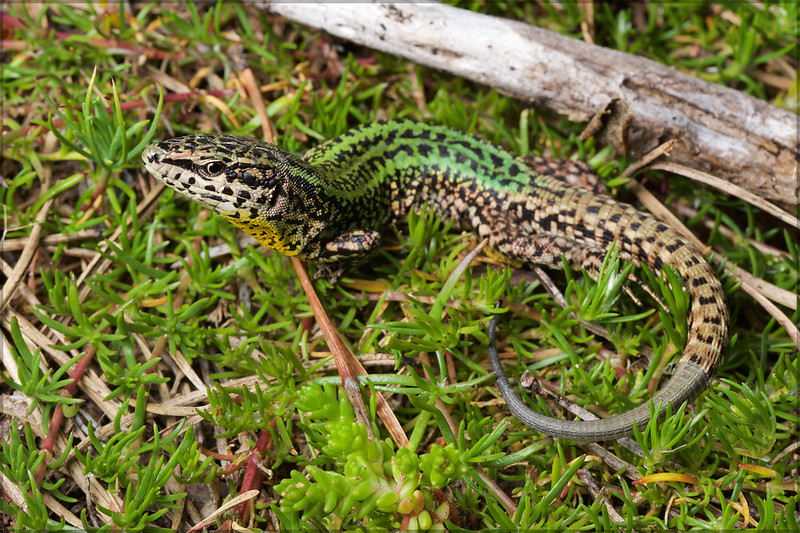
The Iberian rock lizards look quite different in the lowlands of Galicia.

In situ adult female Galician viper from the same spot and showing the same colors as the first.

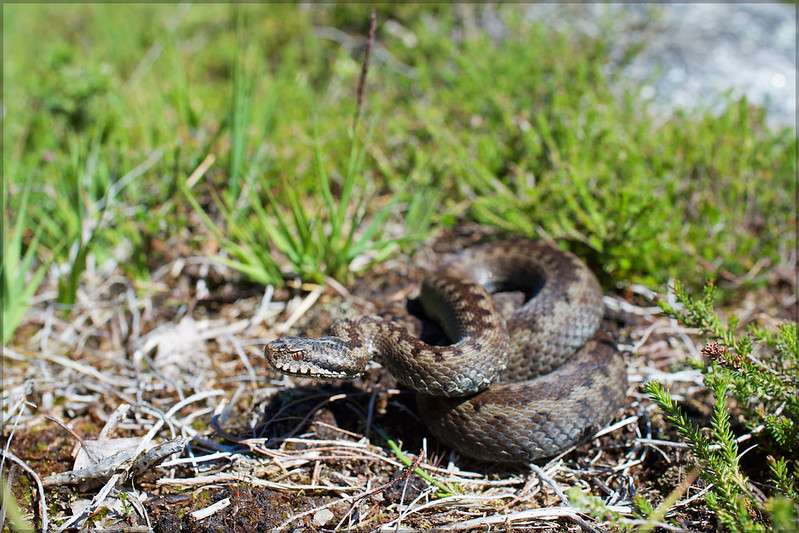
Lacerta schreiberi
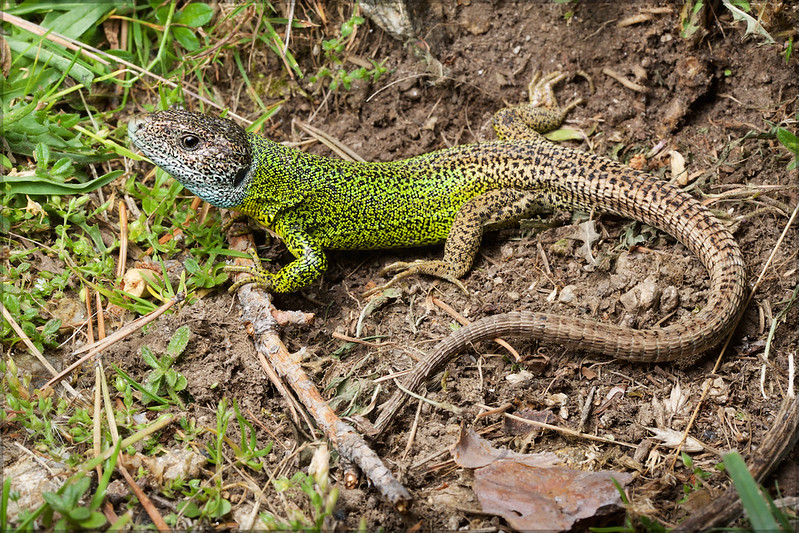
Back to the Pyrenees.
Podarcis liolepis (Catalonian Wall Lizard)

Mating Calotriton asper

A few more Rana pyrenaica were also found

Adult male Lacerta bilineata (Western Emerald Lizard)
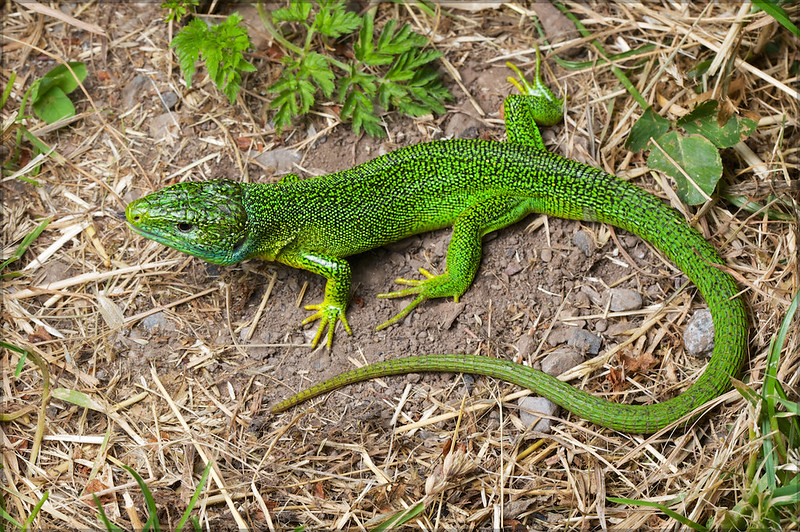
Eggs from the edge of their range in Moncayo
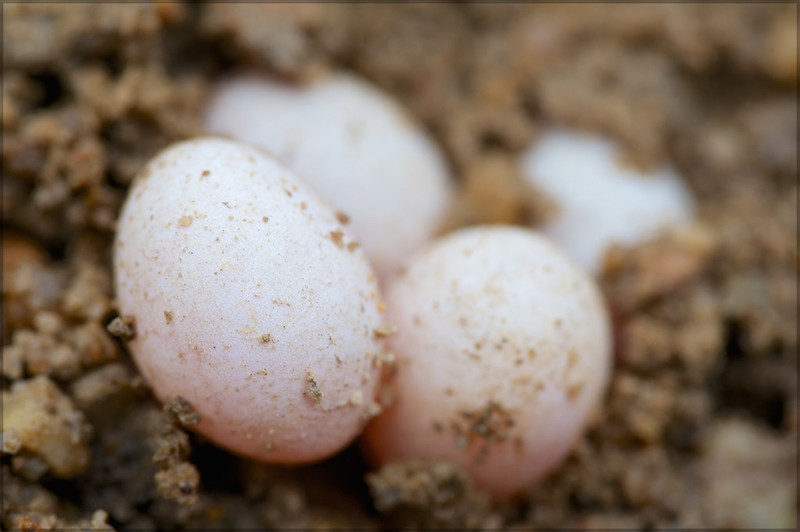
The last day of work was a good one in the Pyrenees. Habitat for the next two species.

Subadult female Vipera aspis
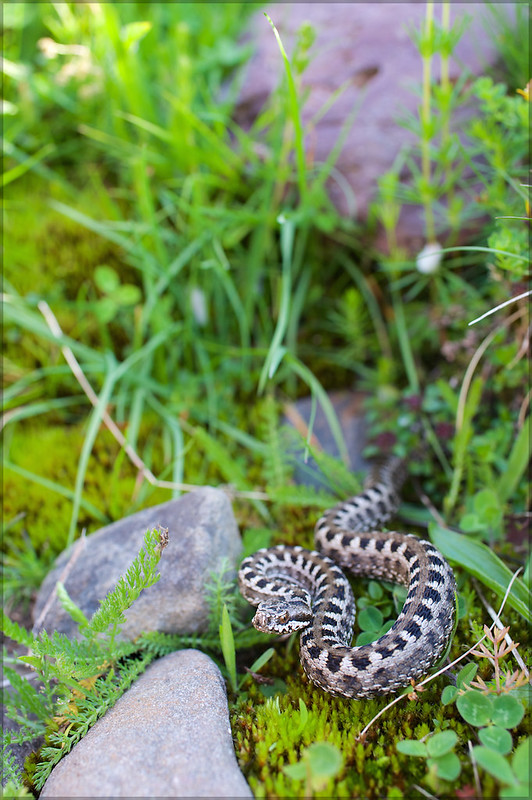
The southern subspecies of the viviparous lizard (Zootoca vivipara louislantzi) isn’t so viviparous. This female was found with another near several clutches of eggs.
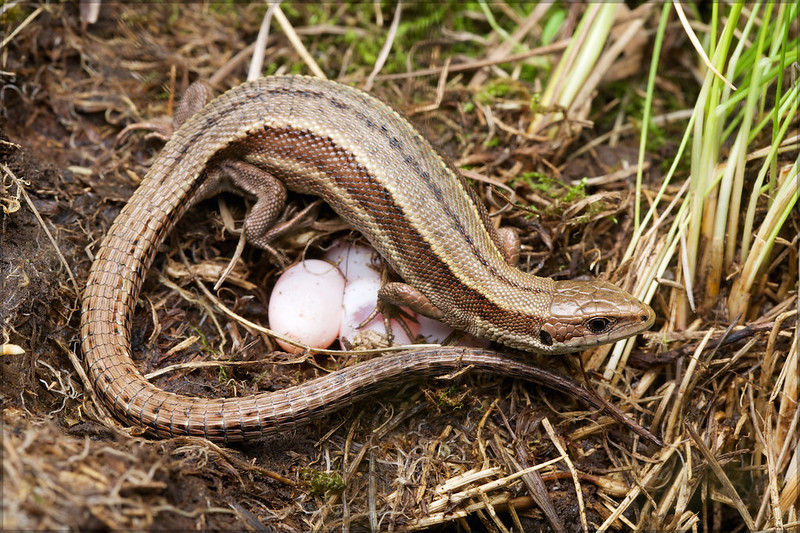
S. s. fastuosa


Huge melanistic female Vipera seoanei (Baskian Viper) I flipped under a rock.
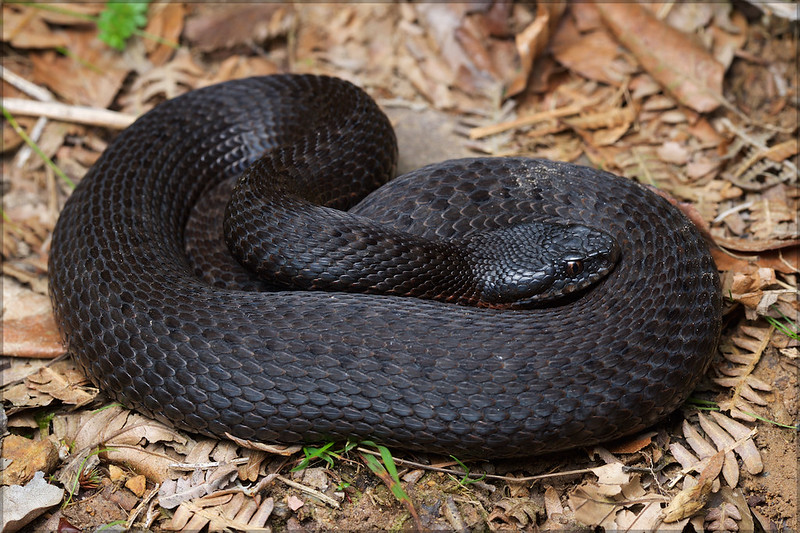
Wouter got the next one.

Tim got the next three.
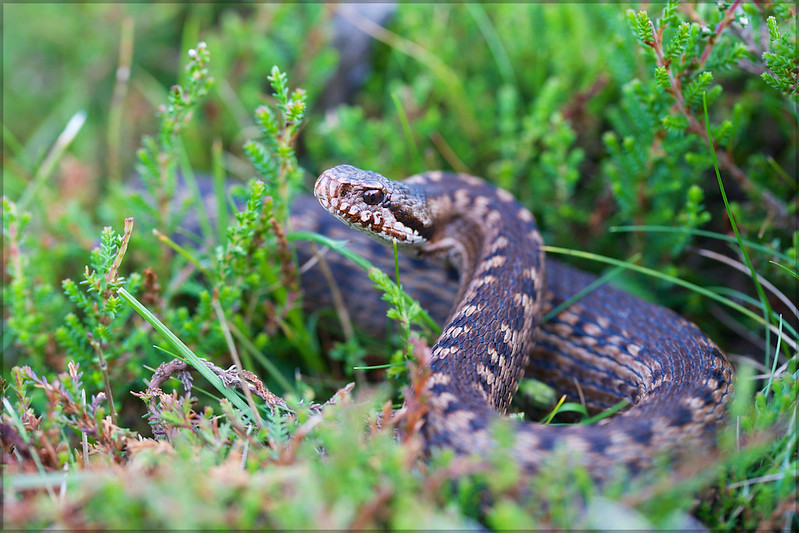


Parting view
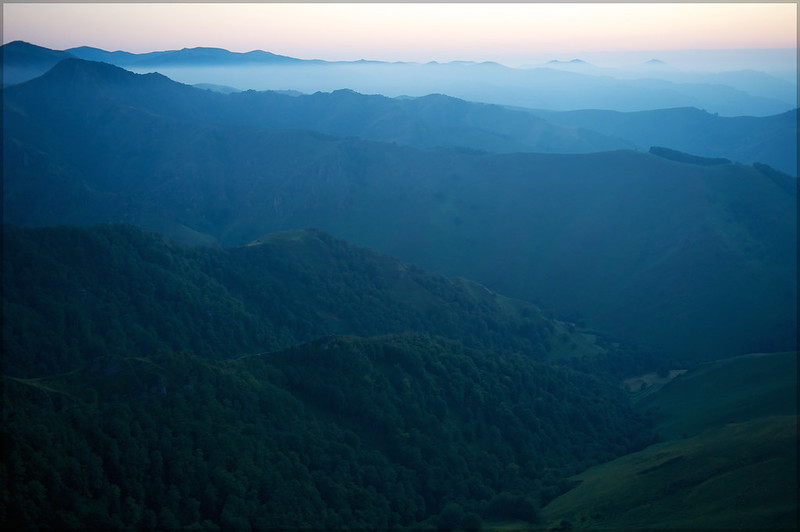
And to finish this long post, two photos from that last afternoon that both belong in my Top 5 of this whole experience.
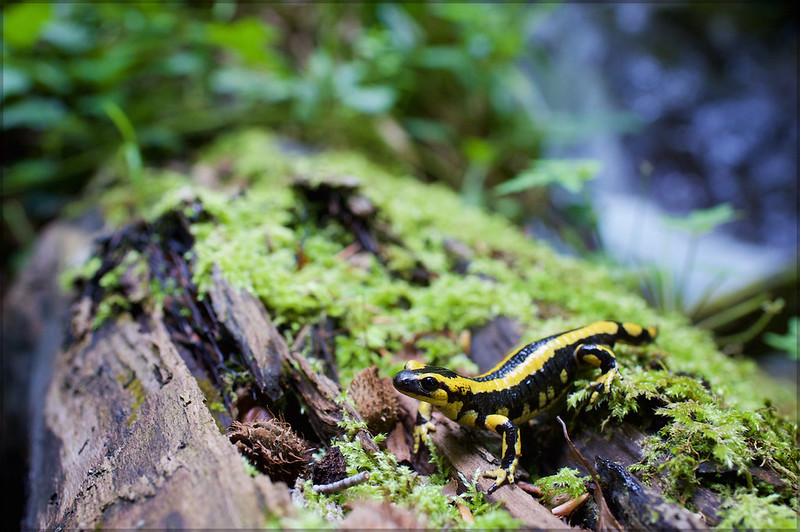

Thanks for looking.
Matthijs Hollanders